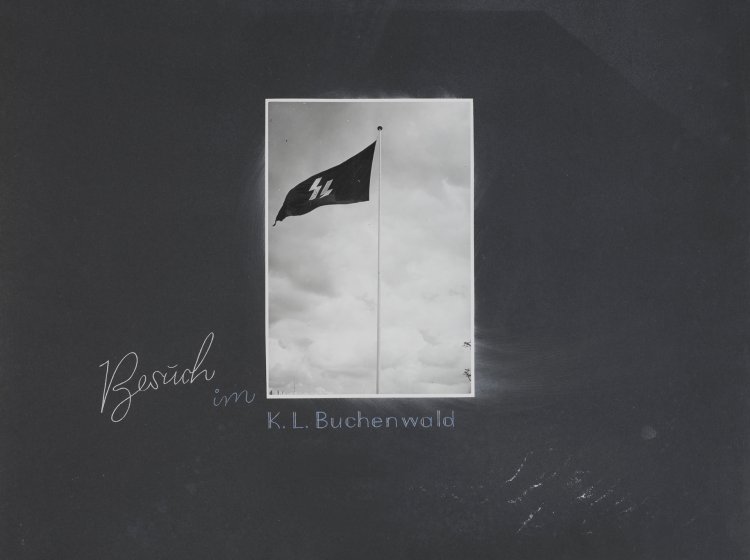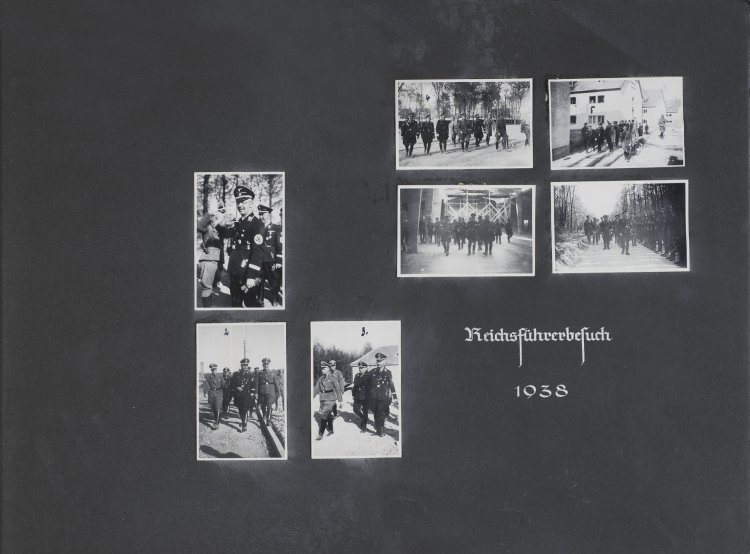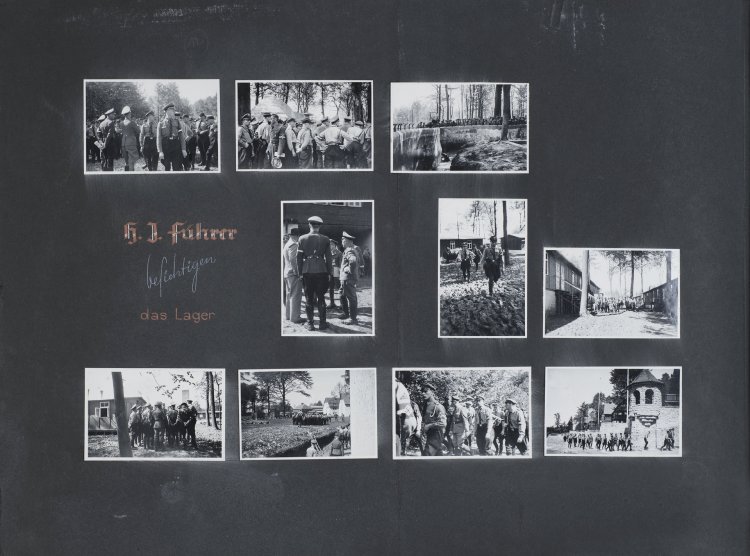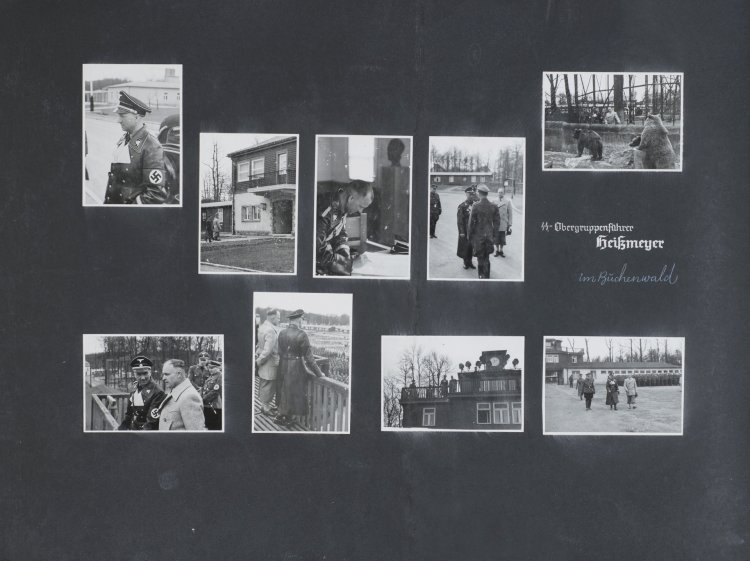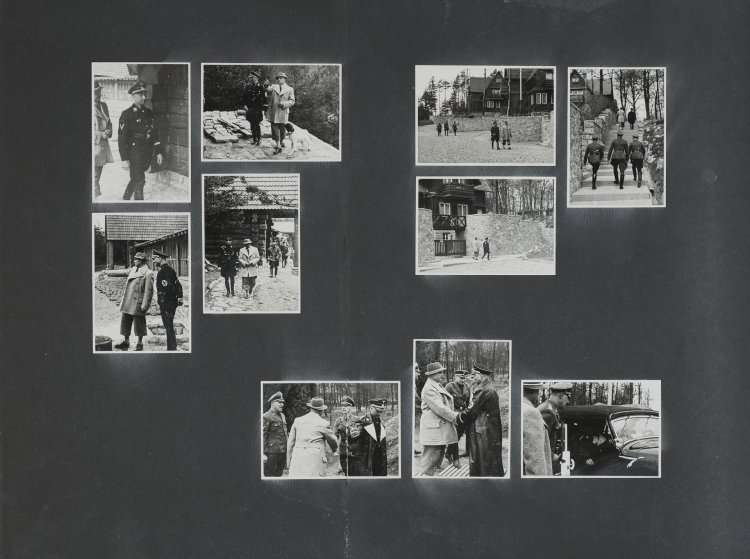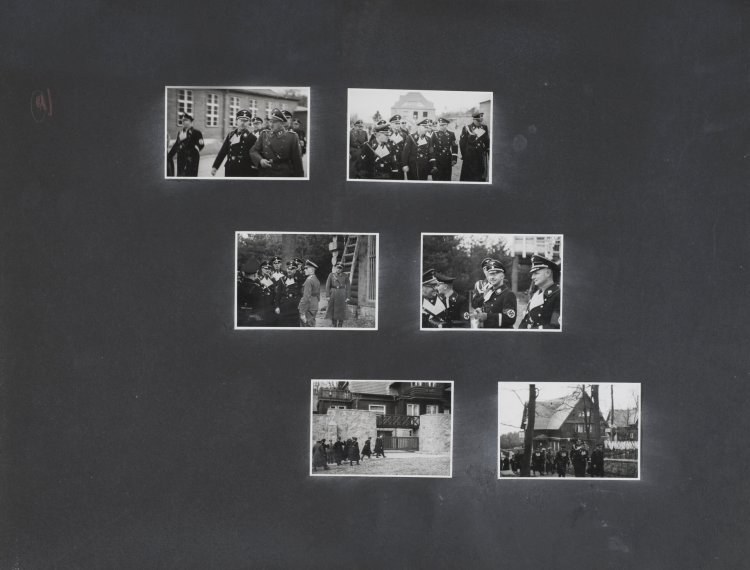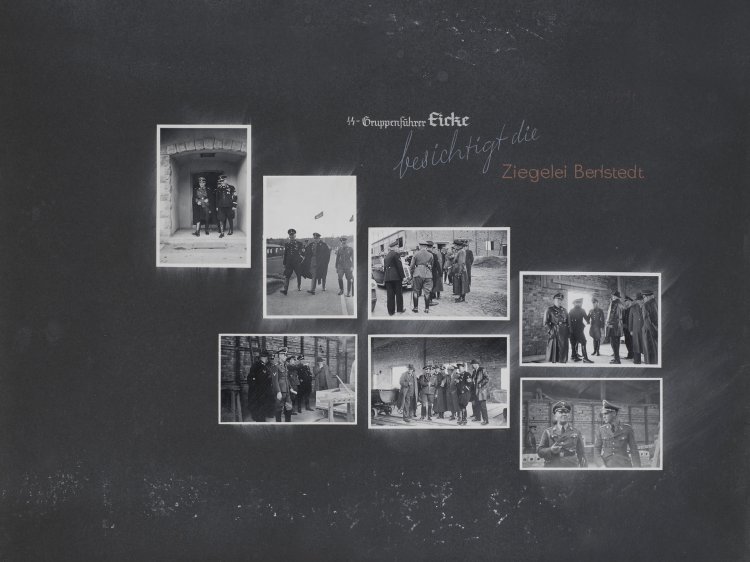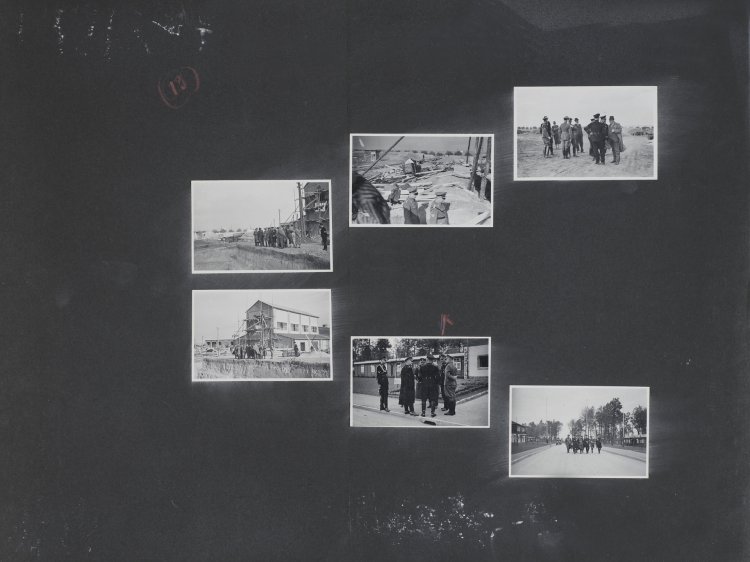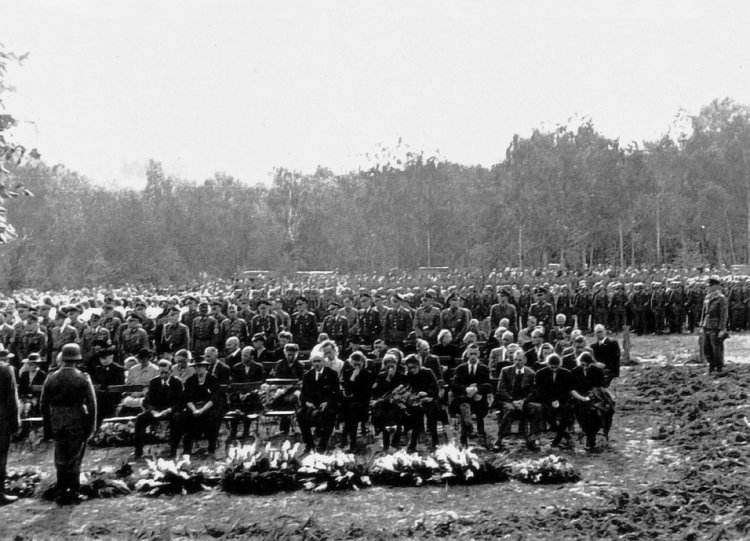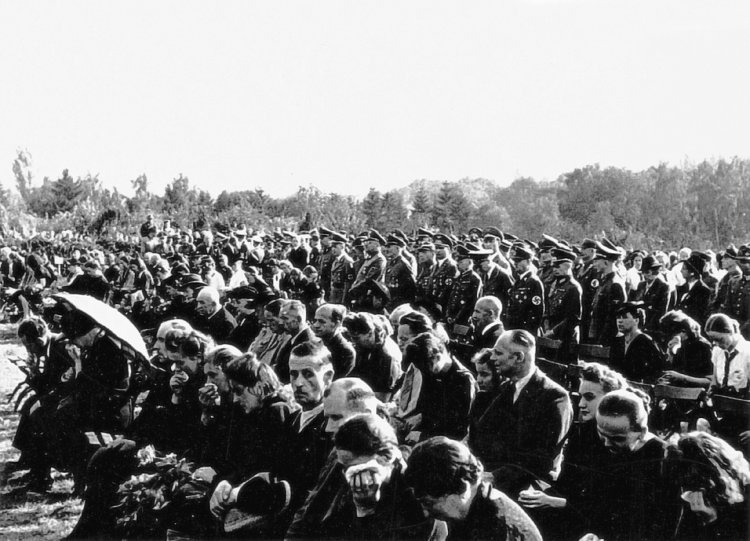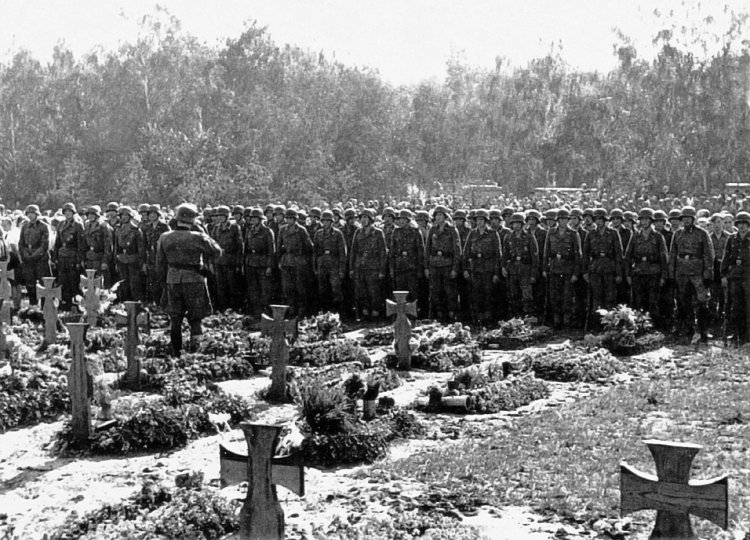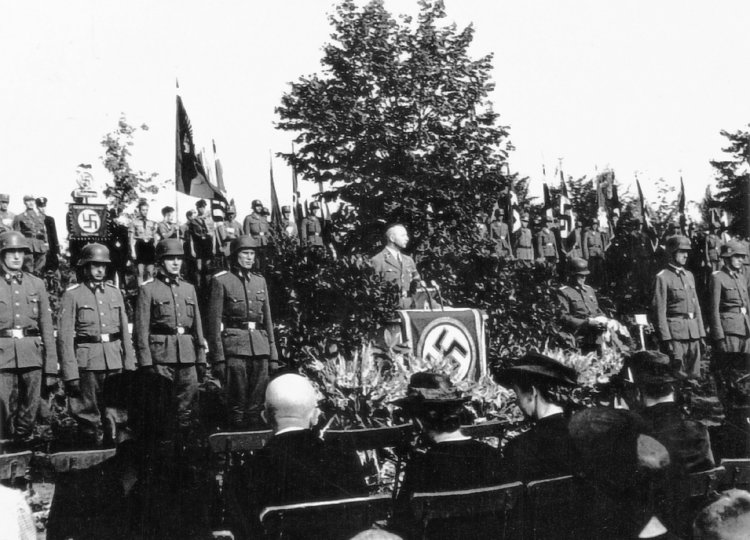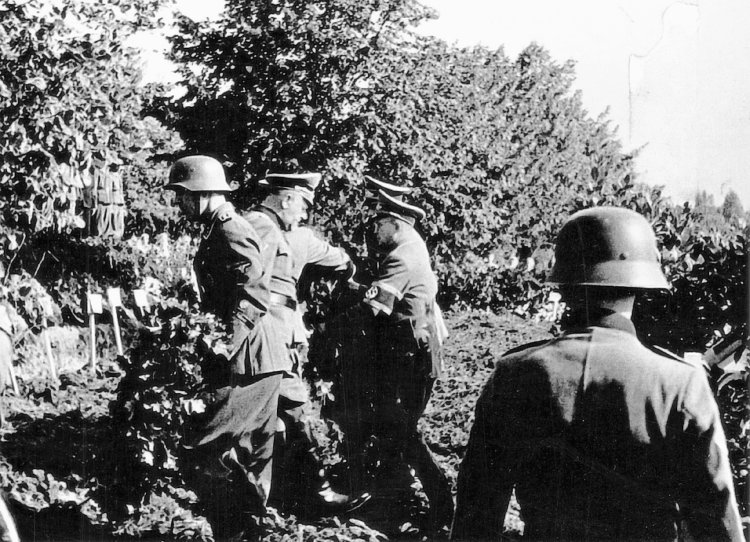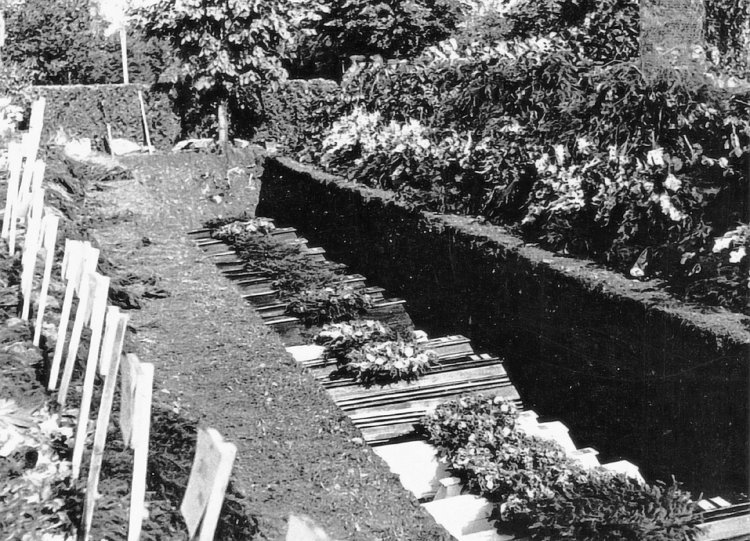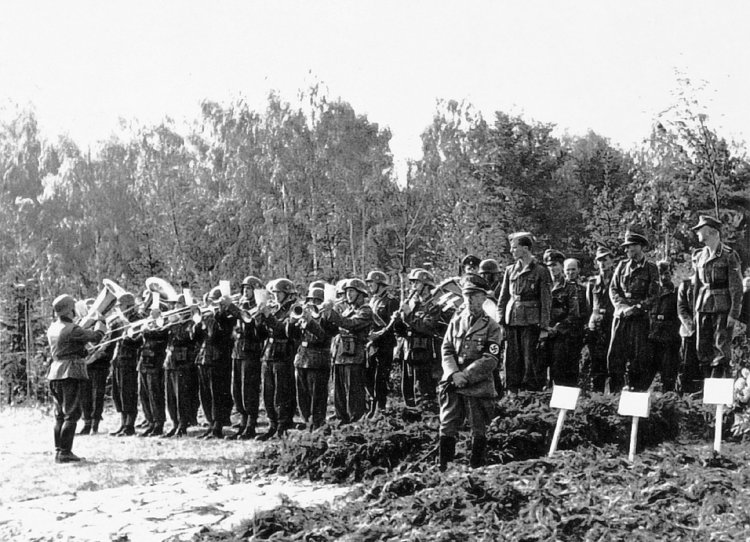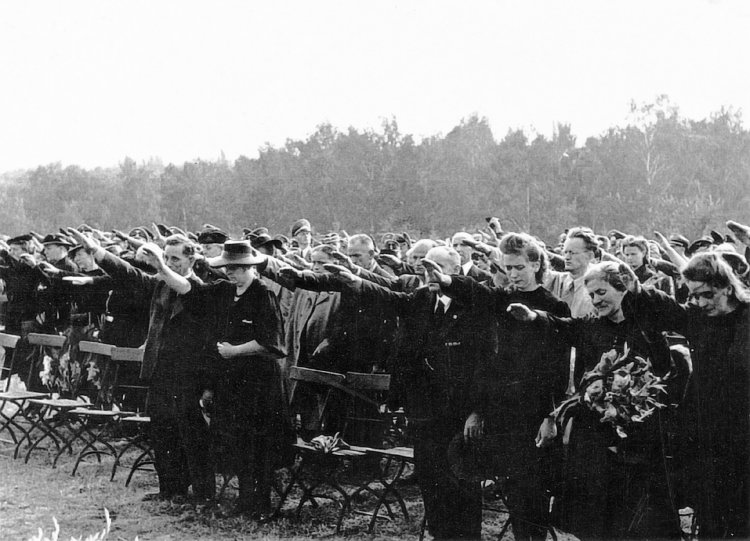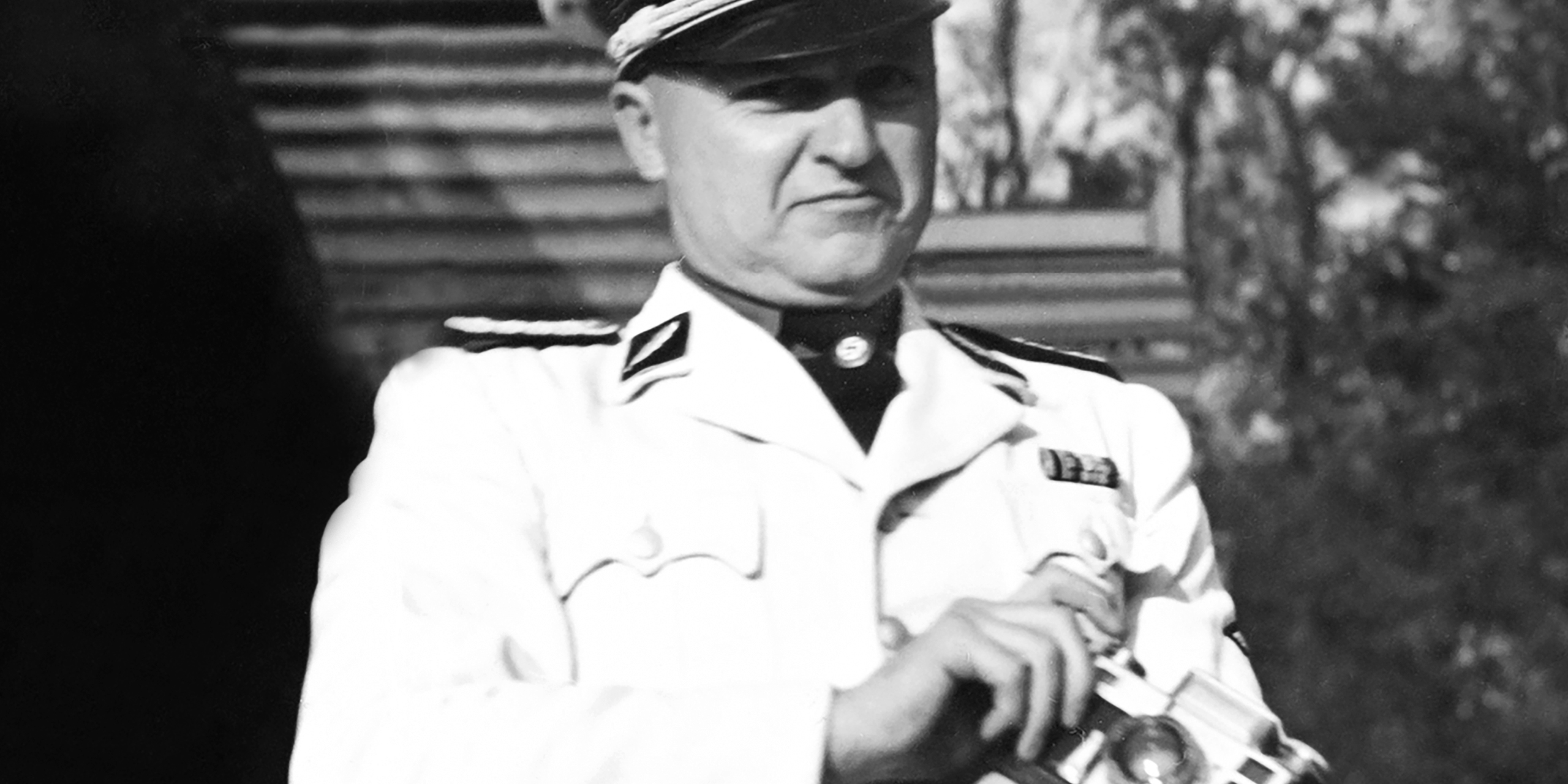
The SS
Robert Antelme
The Elite of the Third Reich
For the SS, ID photos were not just ID photos. The SS offices also used them as a basis for deciding whether to approve the marriage of an SS man. Family photos are indicative of the fact that the SS considered themselves racially superior.
On 31 December 1931, Heinrich Himmler issued the “Engagement and Marriage Order of the Reich Leader of the SS”. This order obligated all unmarried members of the SS to obtain a marriage permit from Himmler before the wedding ceremony. To this end, the engaged man and woman had to submit three photographs each. In the SS Rasse- und Siedlungshauptamt (RuSHA; Office of Race and Settlement), a decision was made as to the “racial value” of the SS man and his future marriage partner on the basis of various records. The office came to the conclusion, for example, that the fiancée of SS Oberscharführer Anton Bergmeier was too “ostisch” (eastern-looking) and therefore unsuited to become the wife of a member of the SS. This form of selection was embedded in the SS image of themselves as forming the core of a superior Germanic race.
The private family pictures of the SS are thus to be regarded in the context of a concept whereby propaganda for the clan served as the basis for an elitist racial politics: the taking of photographs became a racial and family obligation. The first camp commander of Buchenwald, Karl Koch, and his wife Ilse, for instance, also made ample use of the camera. Yet the photo album they started in 1938 for their son Artwin is not only indicative of the SS clan concept. It also represents an attempt by Karl Koch to document his climb up the social ladder from penniless insurance salesman during the Weimar Republic to a commander responsible for the establishment of several concentration camps. Koch had the album made in the camp workshops by inmates in the bookbinding detachment. Once the pictures had been selected, an inmate from the photo department labelled the individual pages and embellished them with little drawings.
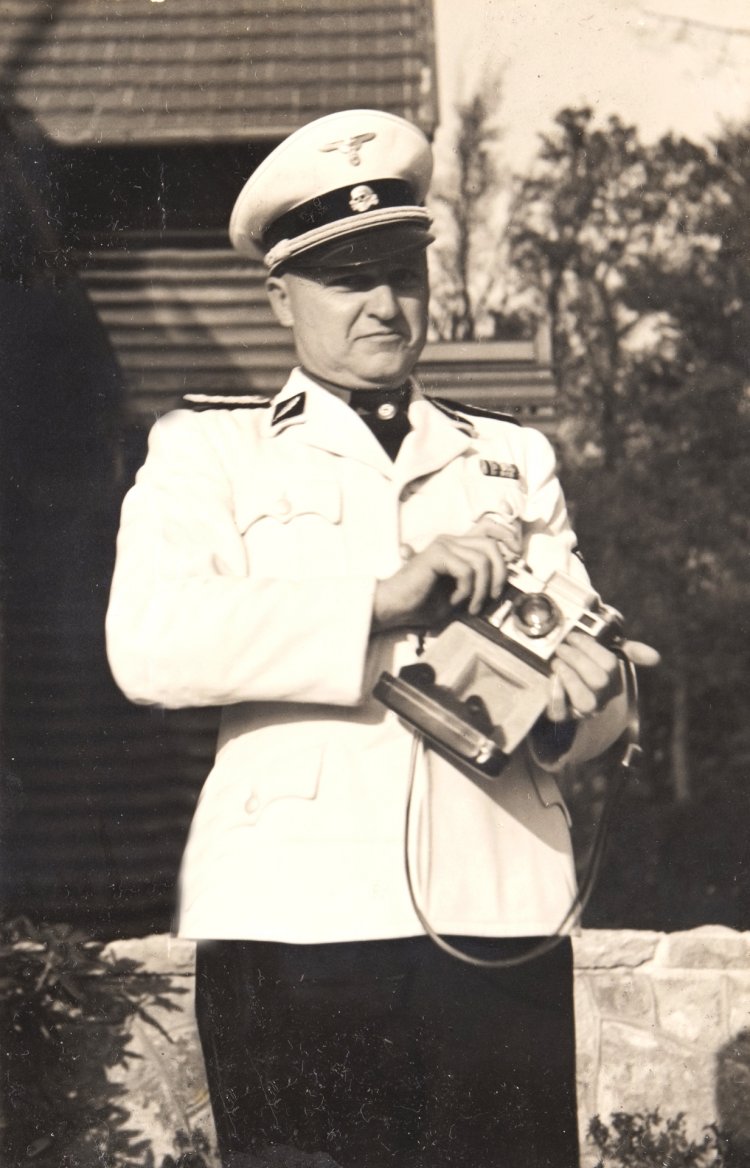
Photographer unknown, ca. 1940
National Archives at College Park, Maryland
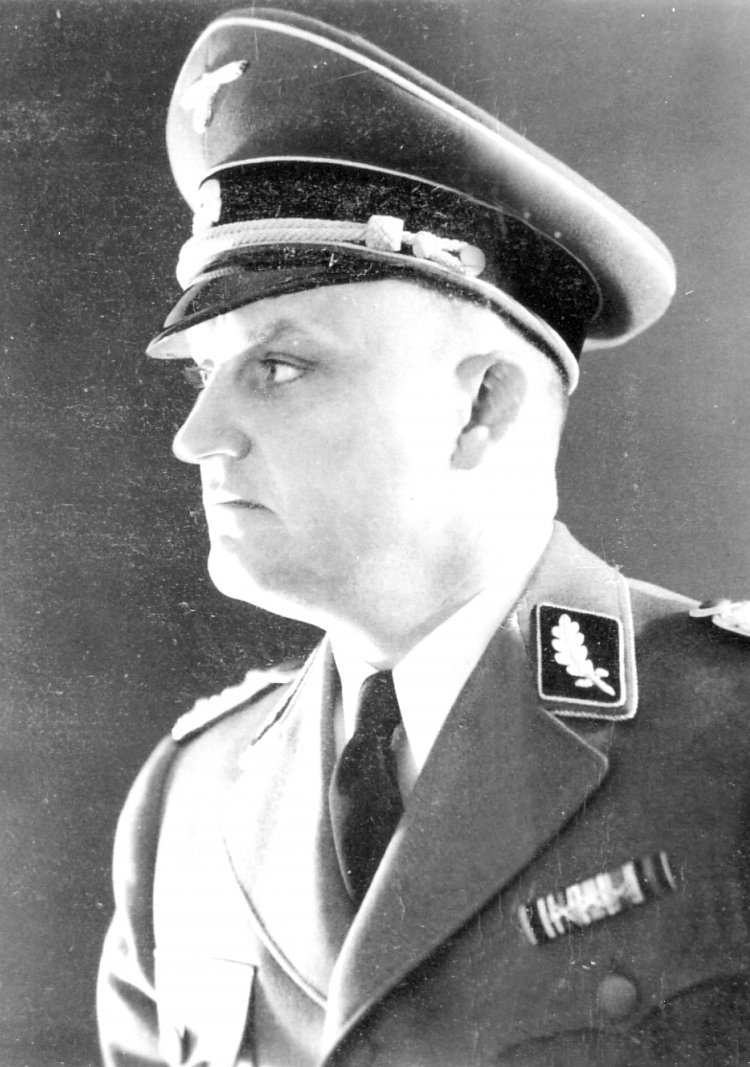
Buchenwald concentration camp records office, 1938
Bundesarchiv, Berlin
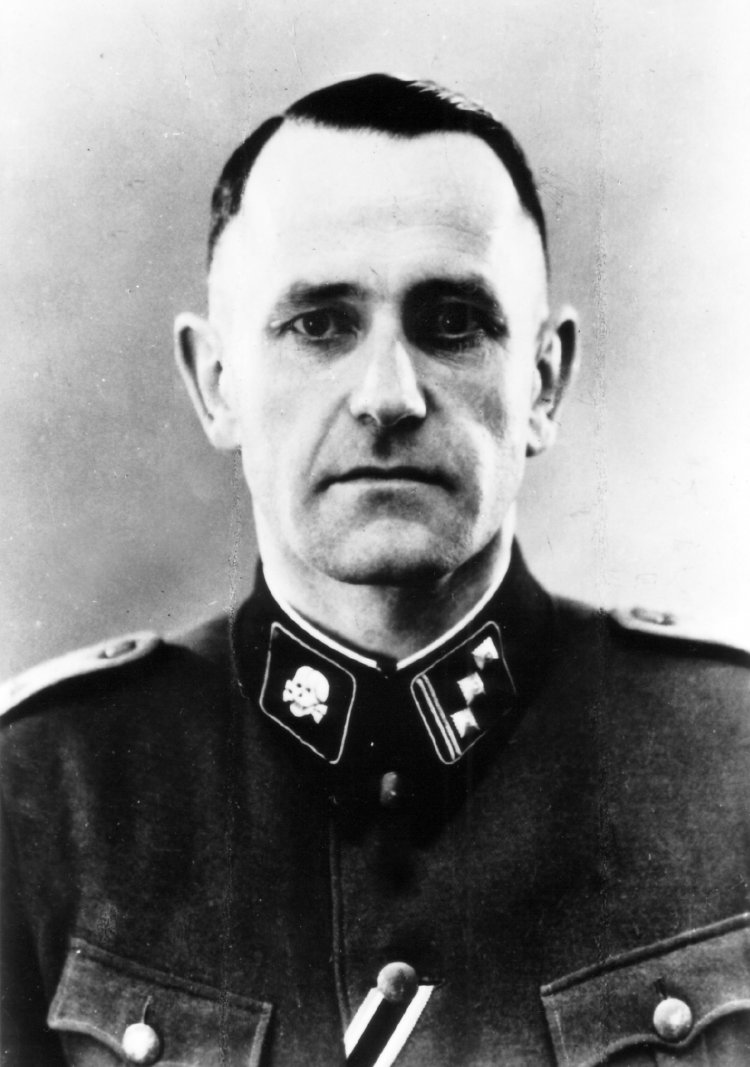
Buchenwald concentration camp records office, 1944
Buchenwald Memorial Collection
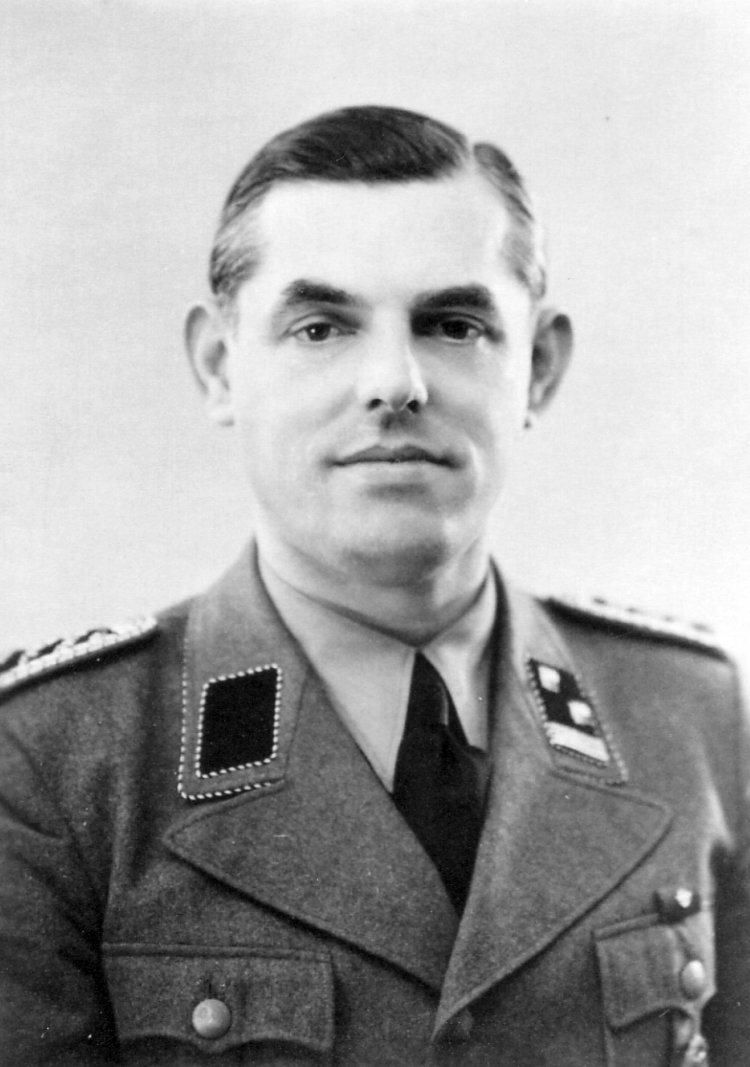
Buchenwald concentration camp records office, 1941
Bundesarchiv, Berlin
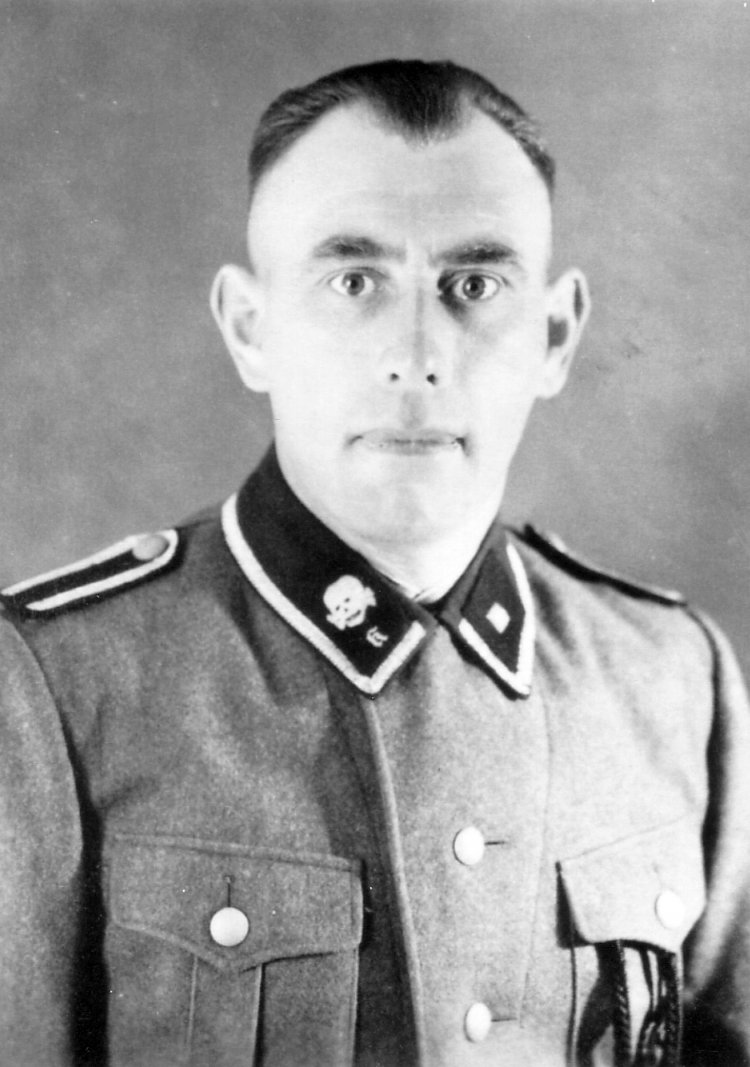
Buchenwald concentration camp records office, ca. 1940
Bundesarchiv, Berlin
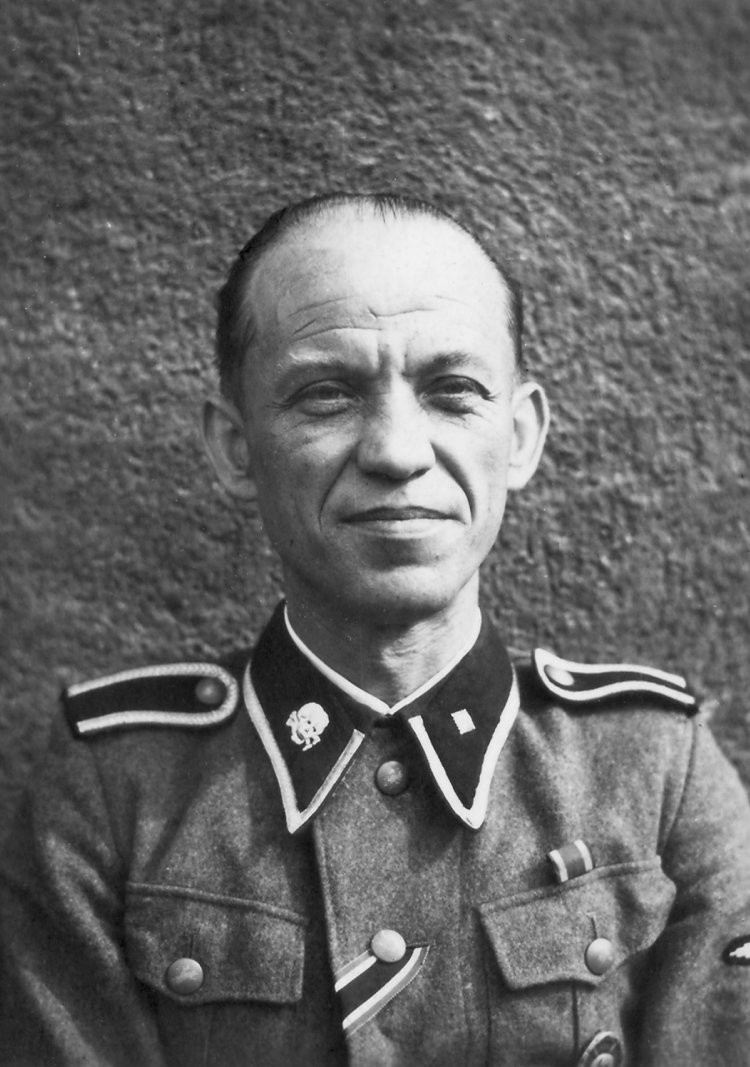
Photographer unknown, ca. 1938
Buchenwald Memorial Collection
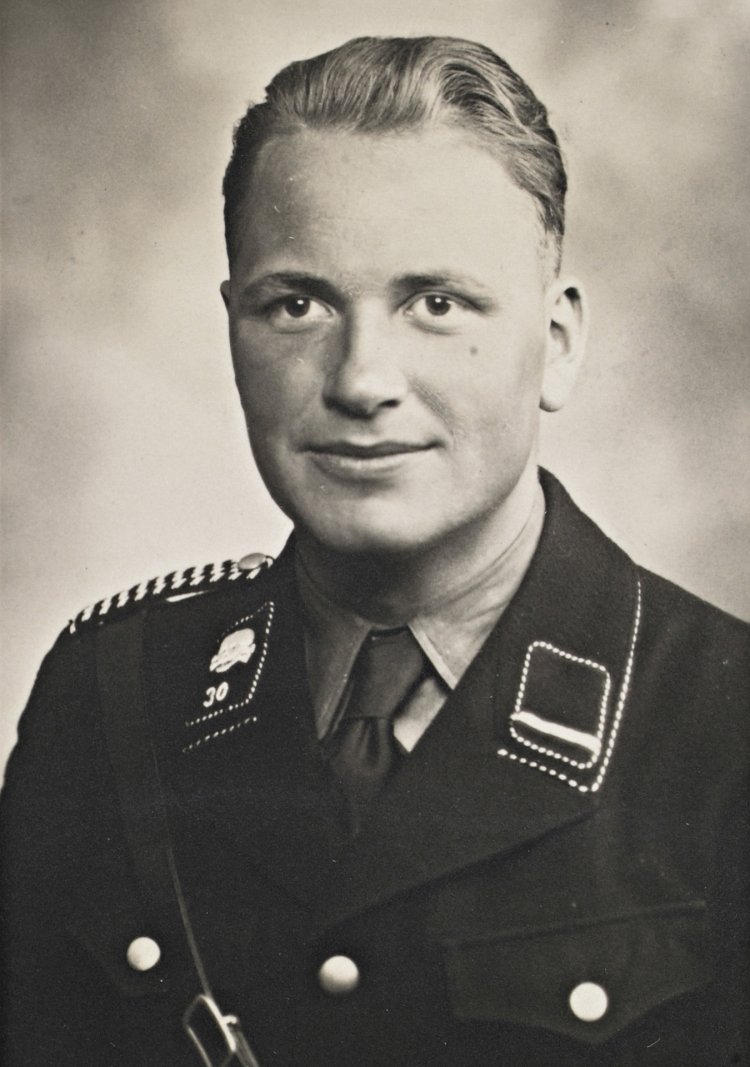
Buchenwald concentration camp records office, 1938
Bundesarchiv, Berlin
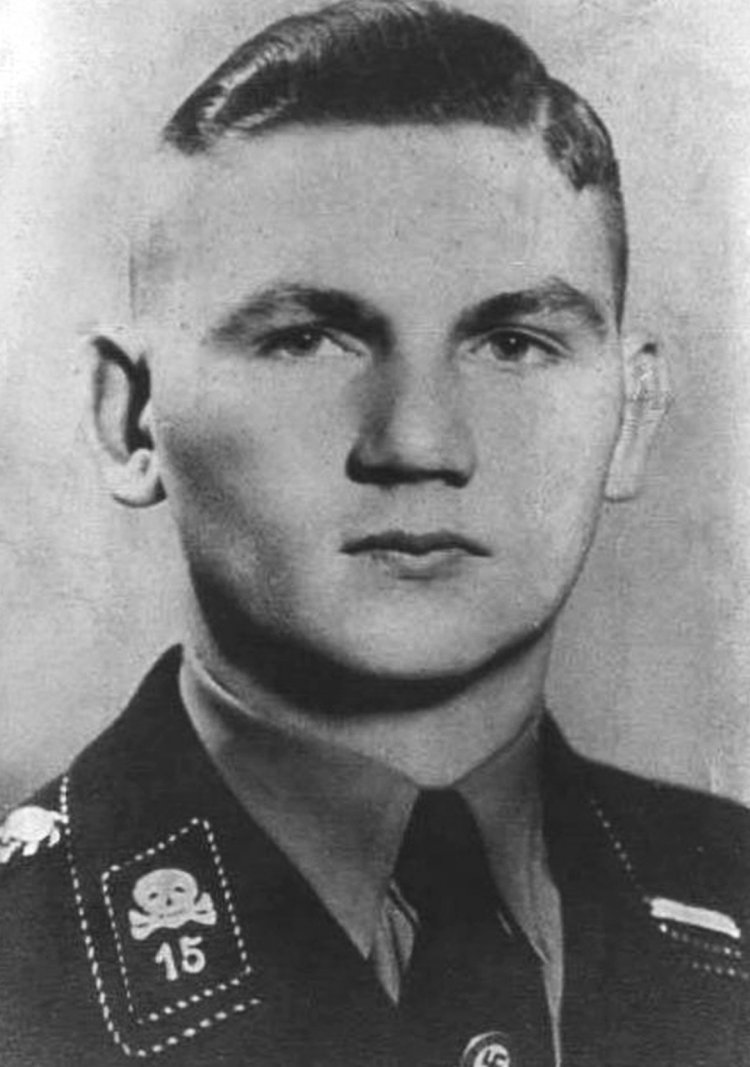
Buchenwald concentration camp records office, 1938
Bundesarchiv, Berlin
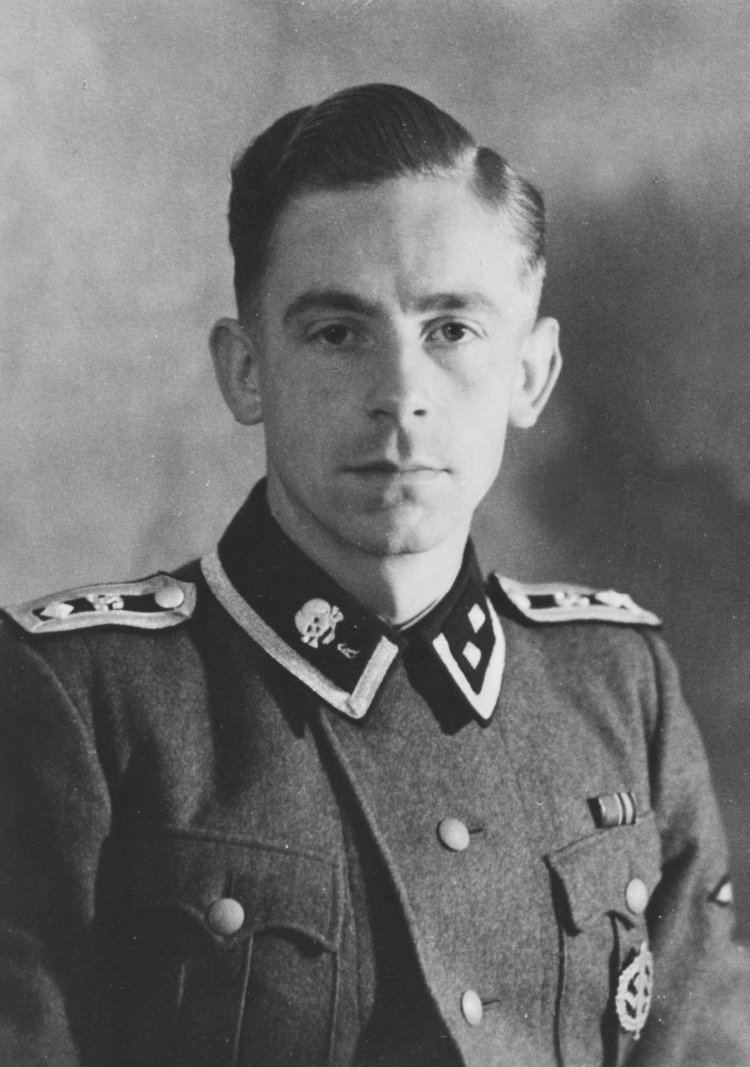
Buchenwald concentration camp records office, 1939
Bundesarchiv, Berlin
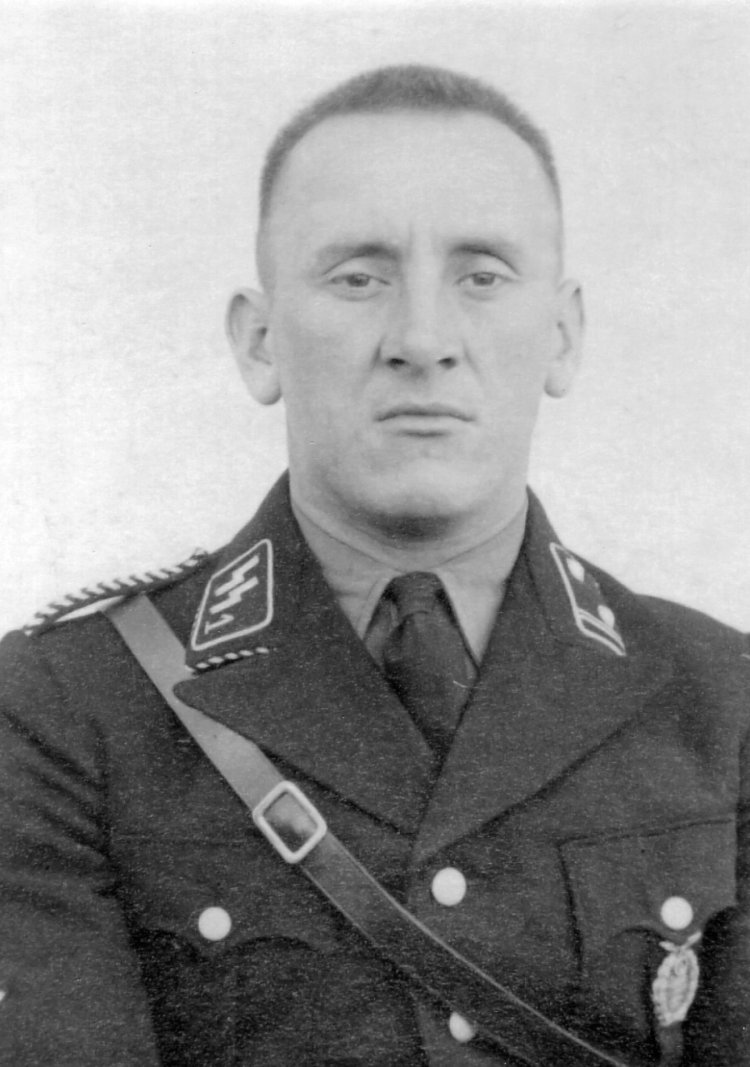
Photographer unknown, ca. 1937
Bundesarchiv, Berlin
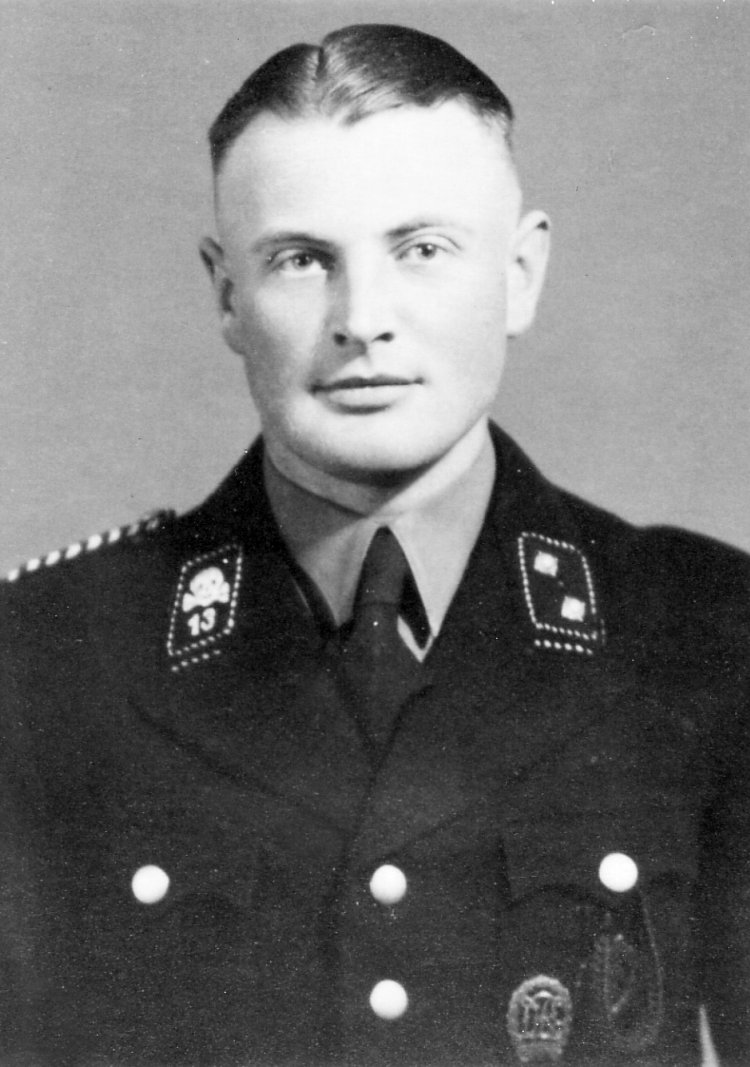
Buchenwald concentration camp records office, ca. 1937
Bundesarchiv, Berlin
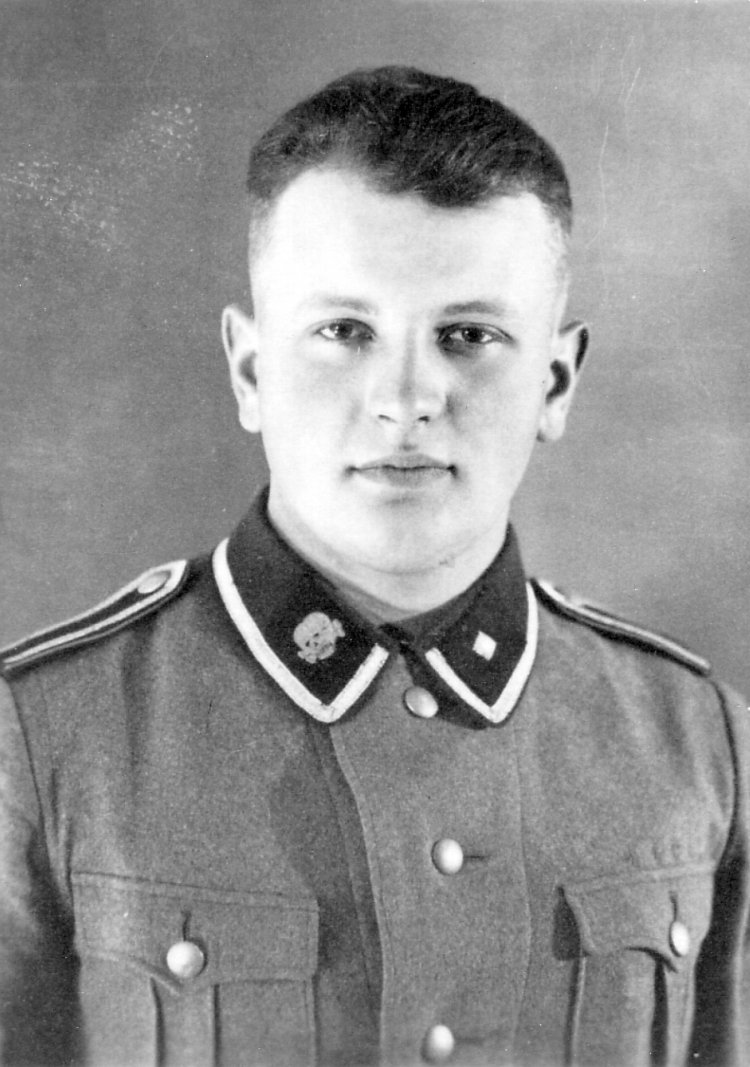
Buchenwald concentration camp records office, 1940
Bundesarchiv, Berlin
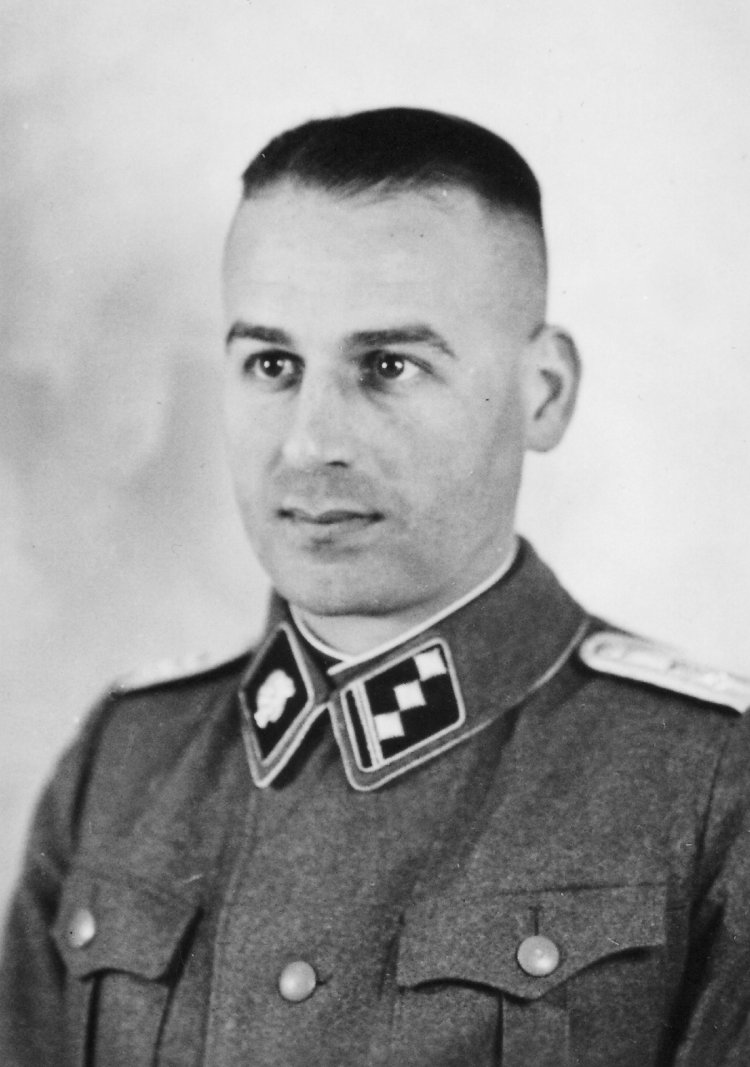
Buchenwald concentration camp records office, 1939
Bundesarchiv, Berlin
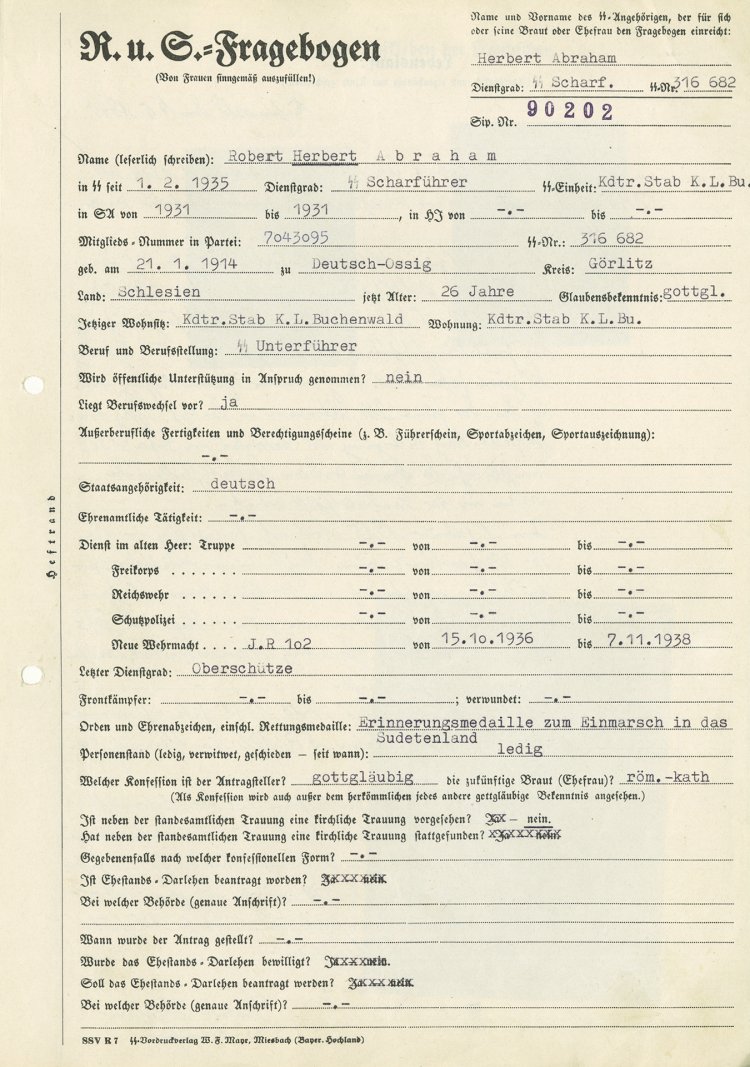
SS Office of Race and Settlement, May 1940
Bundesarchiv, Berlin
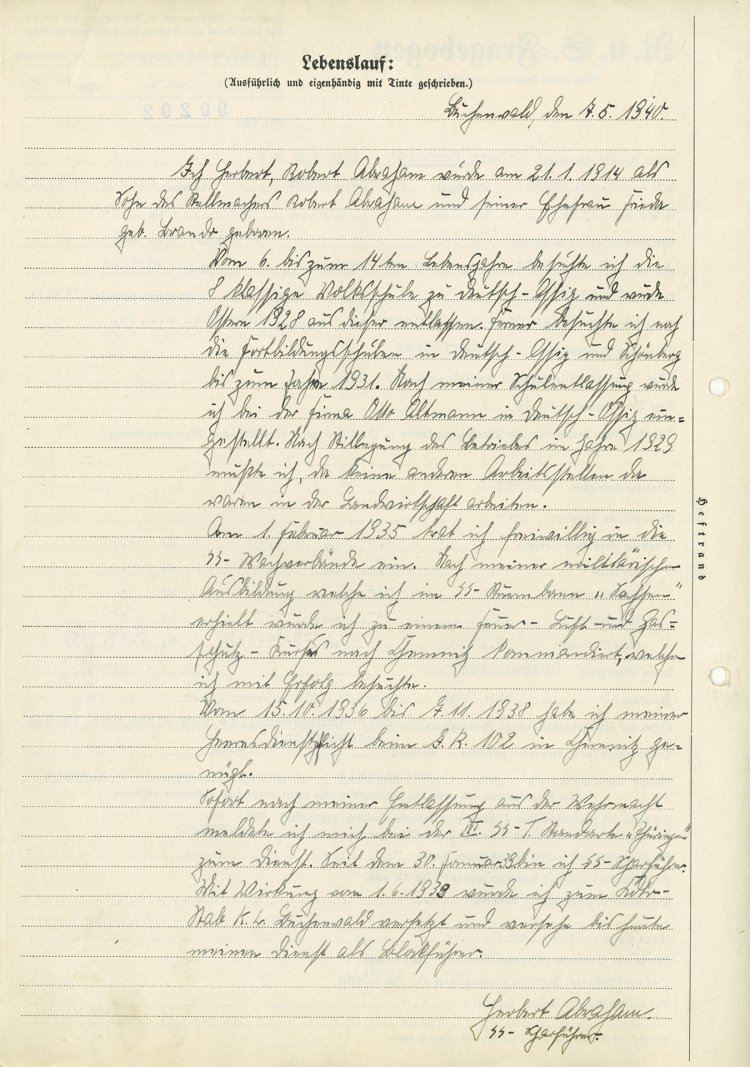
SS Office of Race and Settlement, May 1940
Bundesarchiv, Berlin
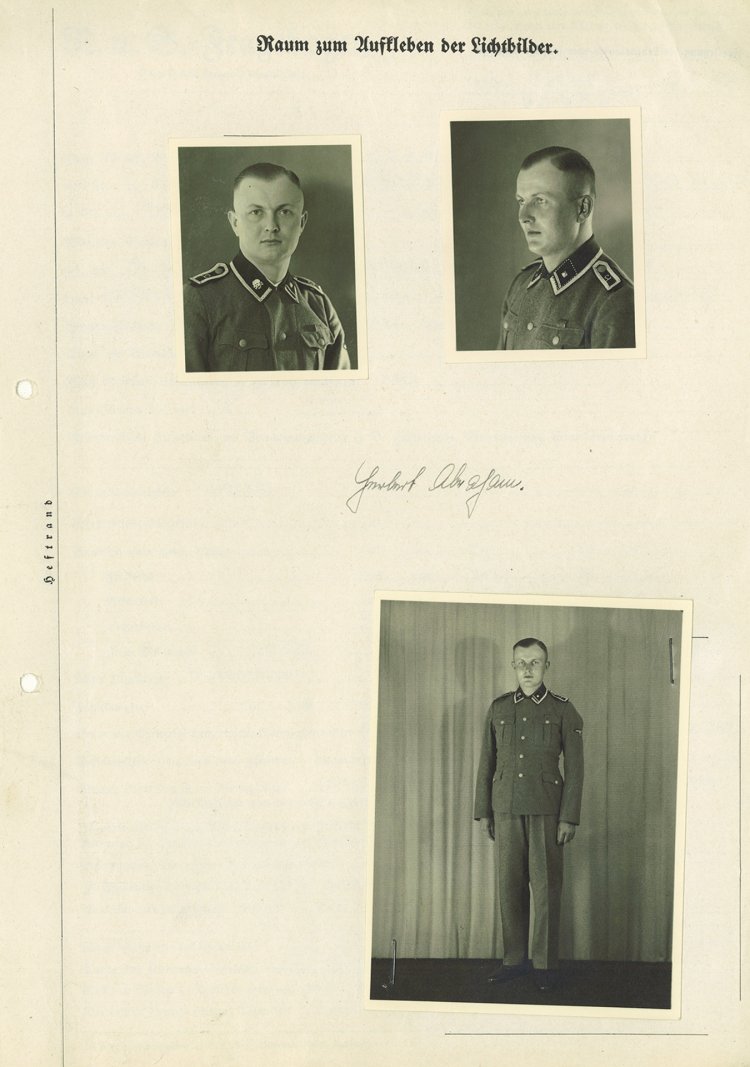
SS Office of Race and Settlement, May 1940
Bundesarchiv, Berlin
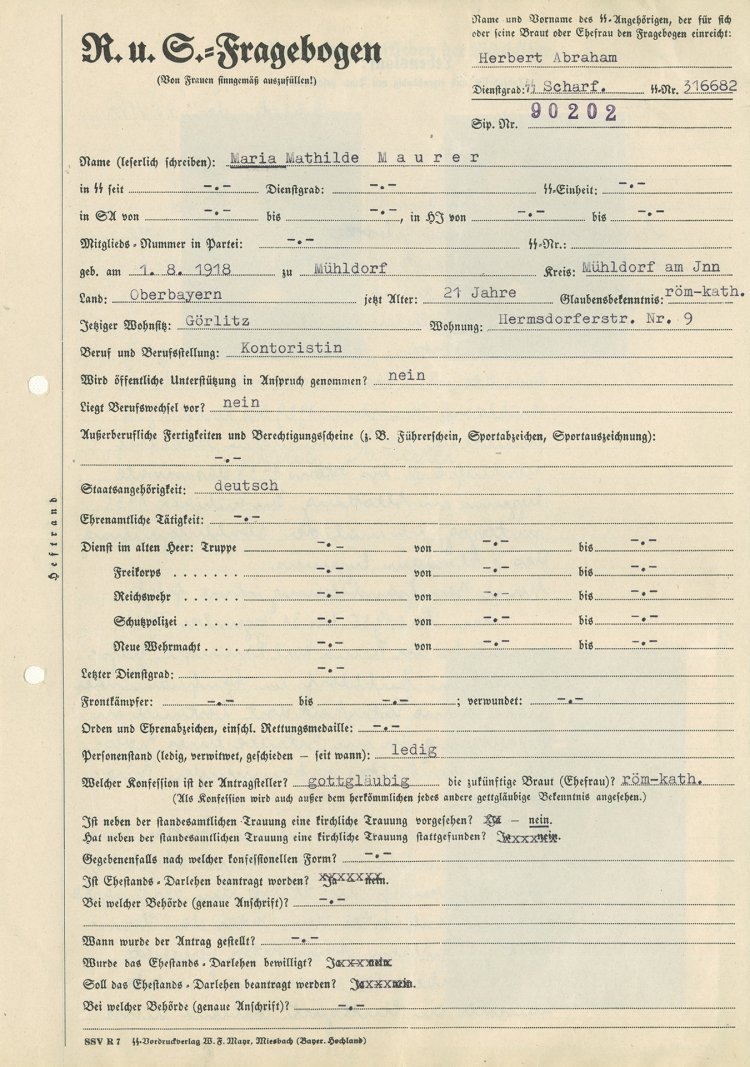
SS Office of Race and Settlement, May 1940
Bundesarchiv, Berlin
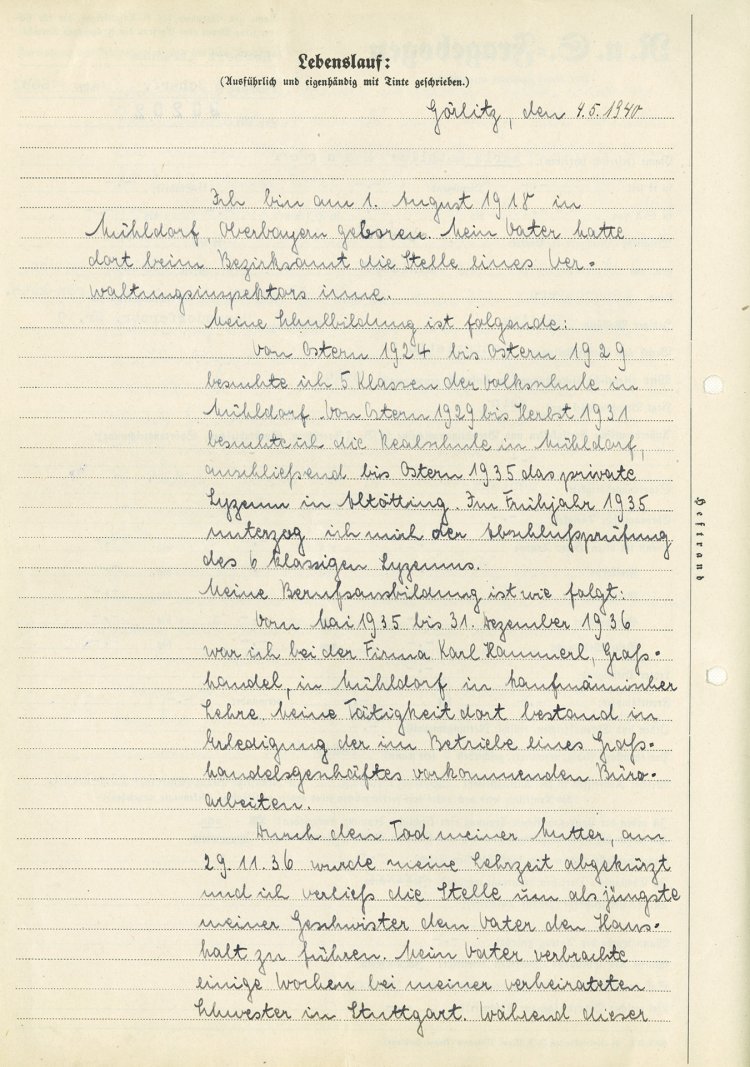
SS Office of Race and Settlement, May 1940
Bundesarchiv, Berlin
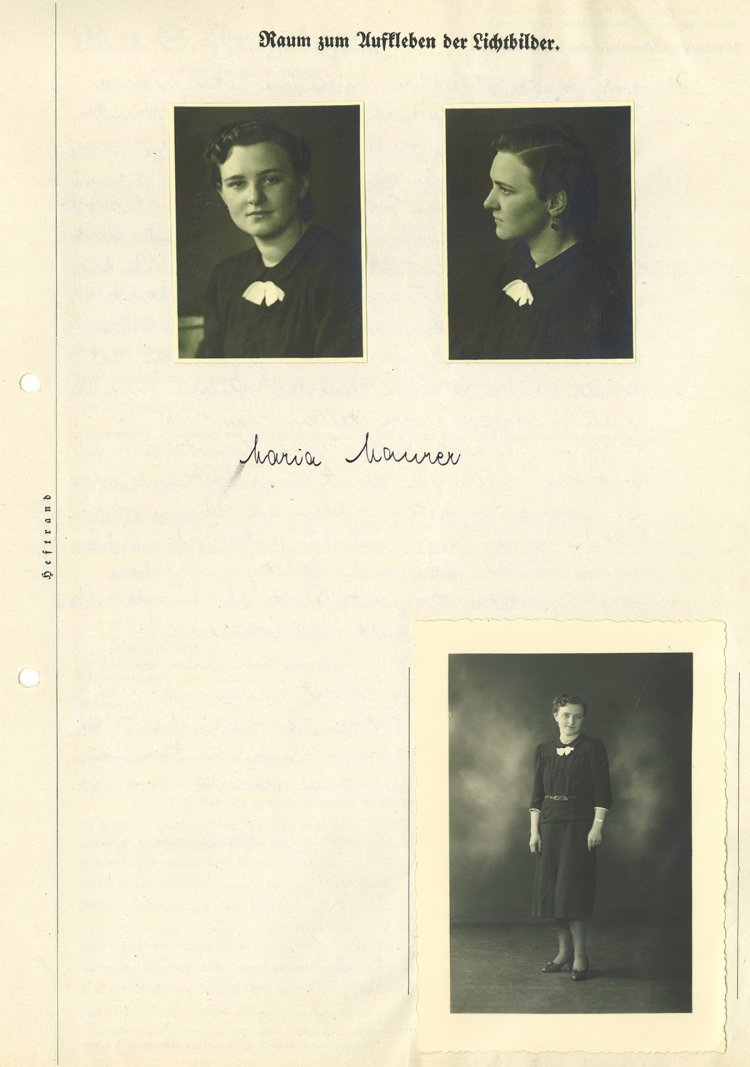
SS Office of Race and Settlement, May 1940
Bundesarchiv, Berlin
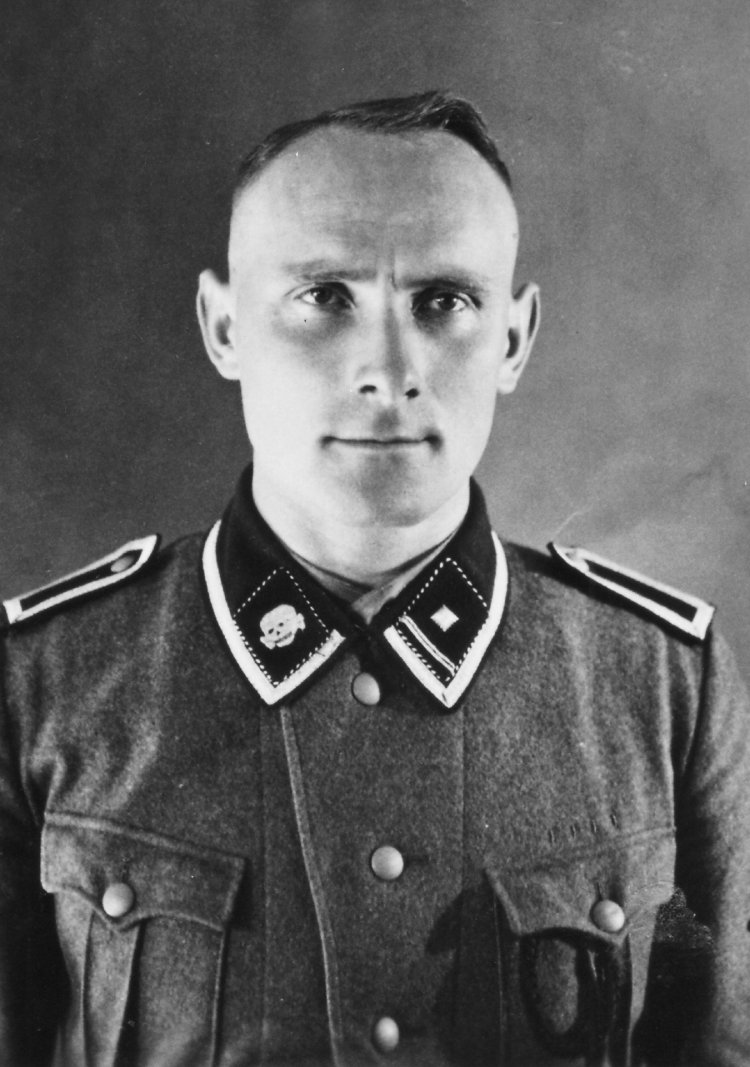
Buchenwald concentration camp records office, November 1940
Bundesarchiv, Berlin
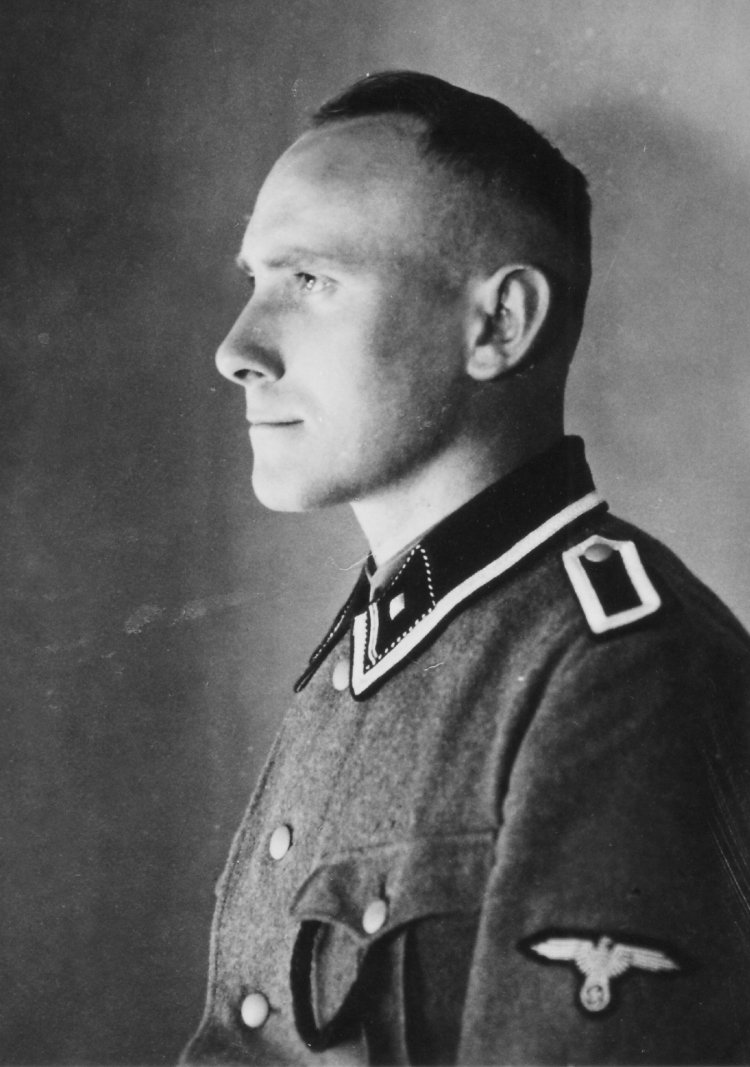
Buchenwald concentration camp records office, November 1940
Bundesarchiv, Berlin
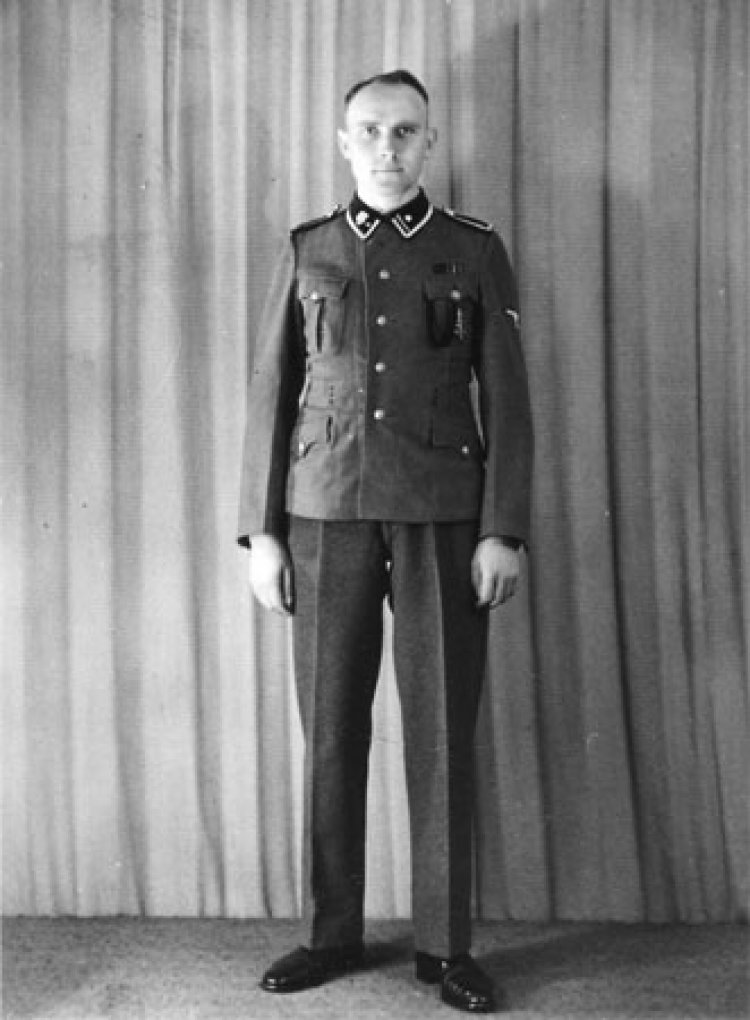
Buchenwald concentration camp records office, November 1940
Bundesarchiv, Berlin
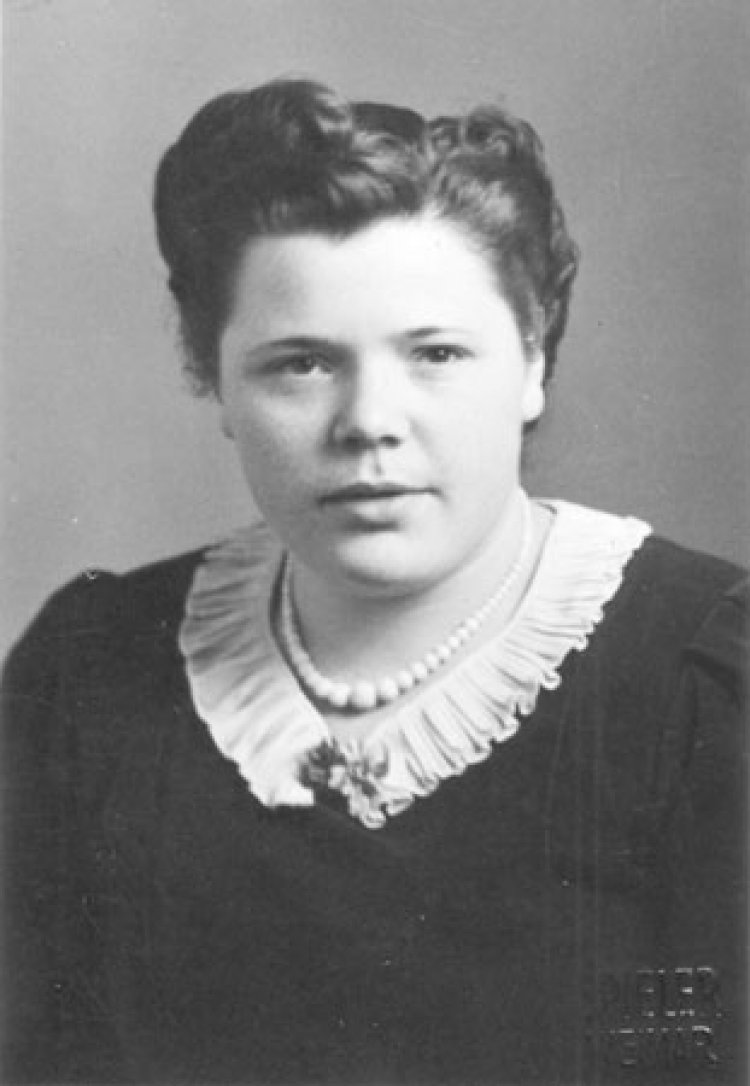
Arno Spieler photo studio, Weimar, November 1940
Bundesarchiv, Berlin
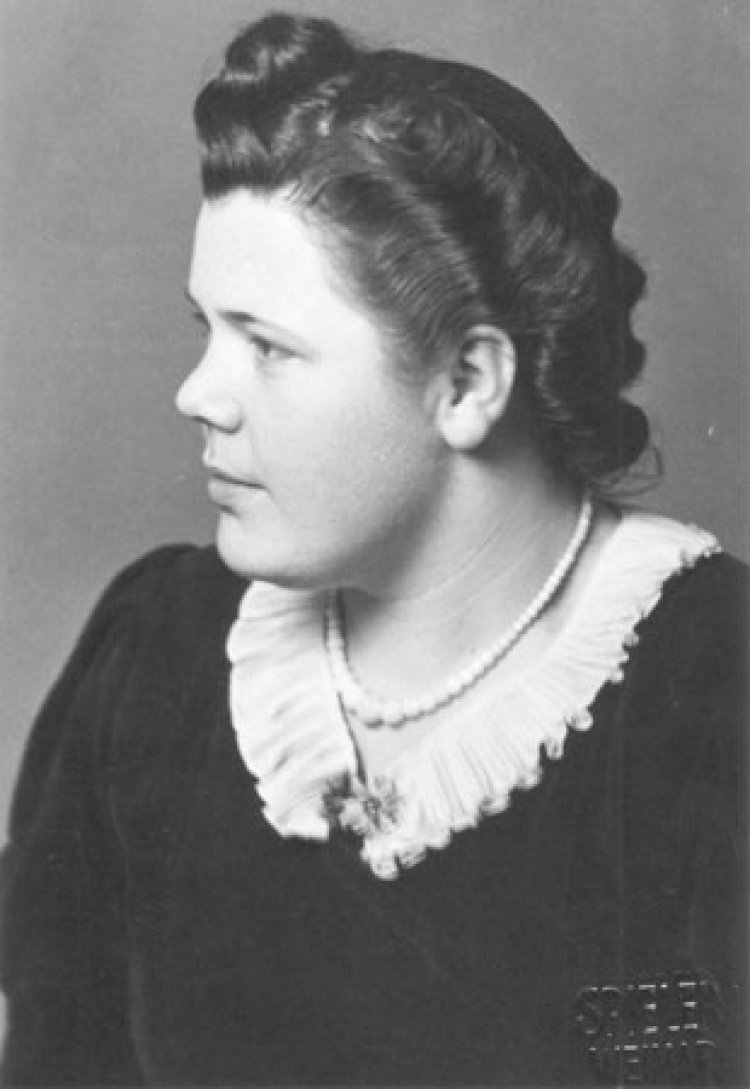
Arno Spieler photo studio, Weimar, November 1940
Bundesarchiv, Berlin
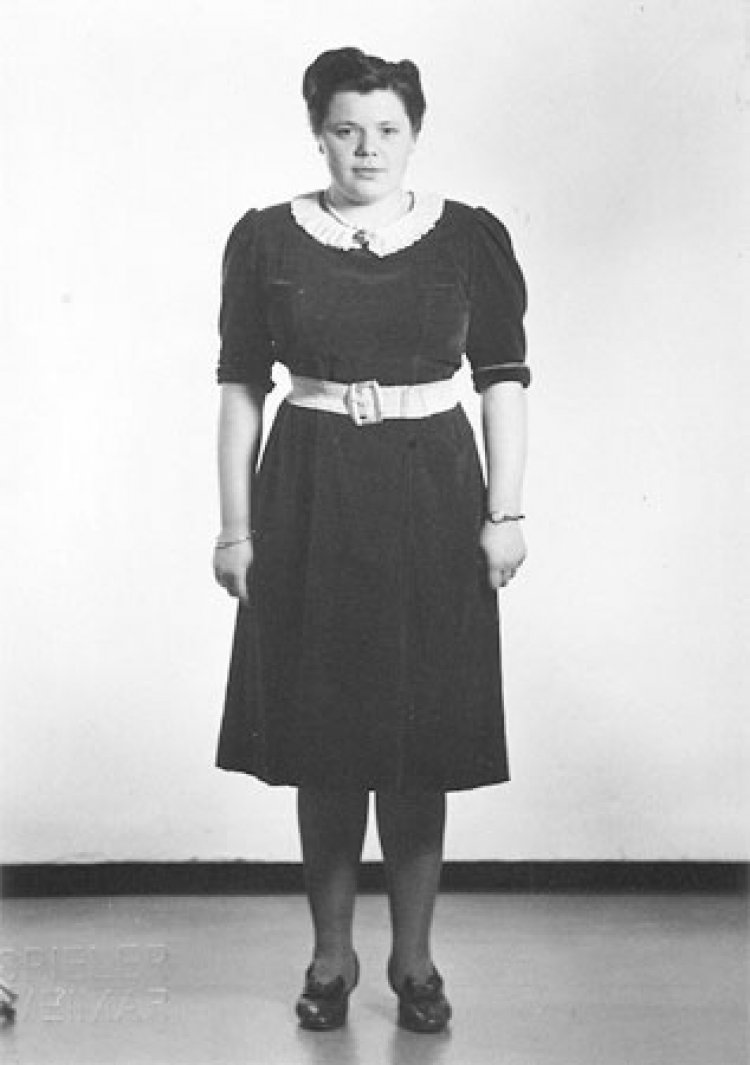
Arno Spieler photo studio, Weimar, November 1940
Bundesarchiv, Berlin
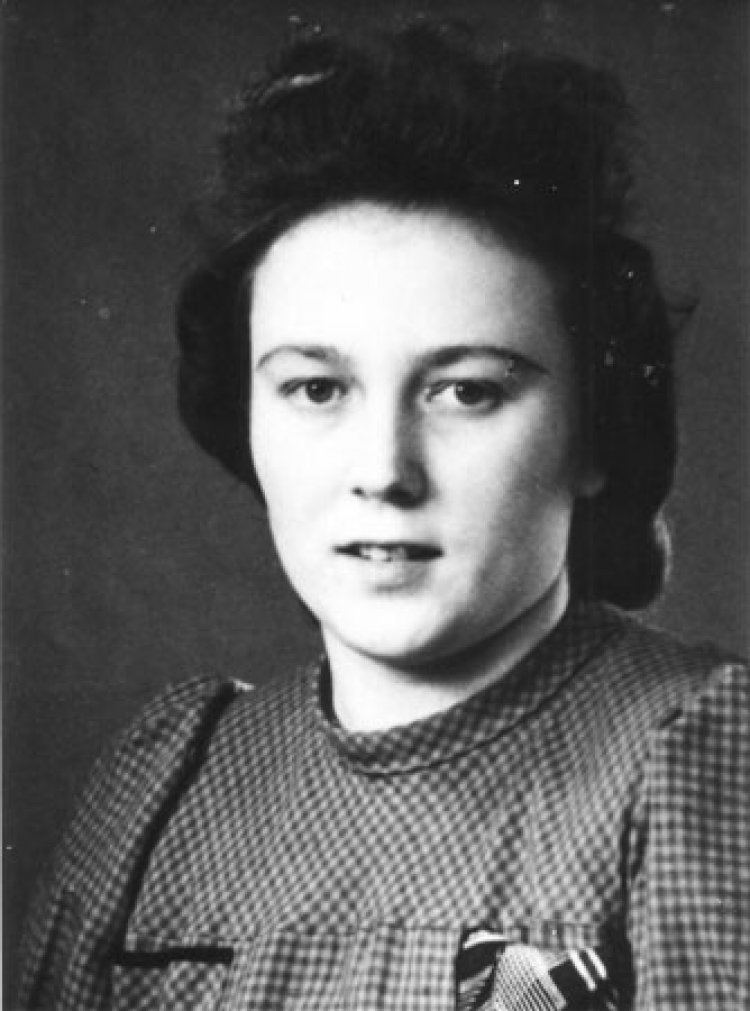
Photographer unknown, Nordhausen, 1942
Bundesarchiv, Berlin
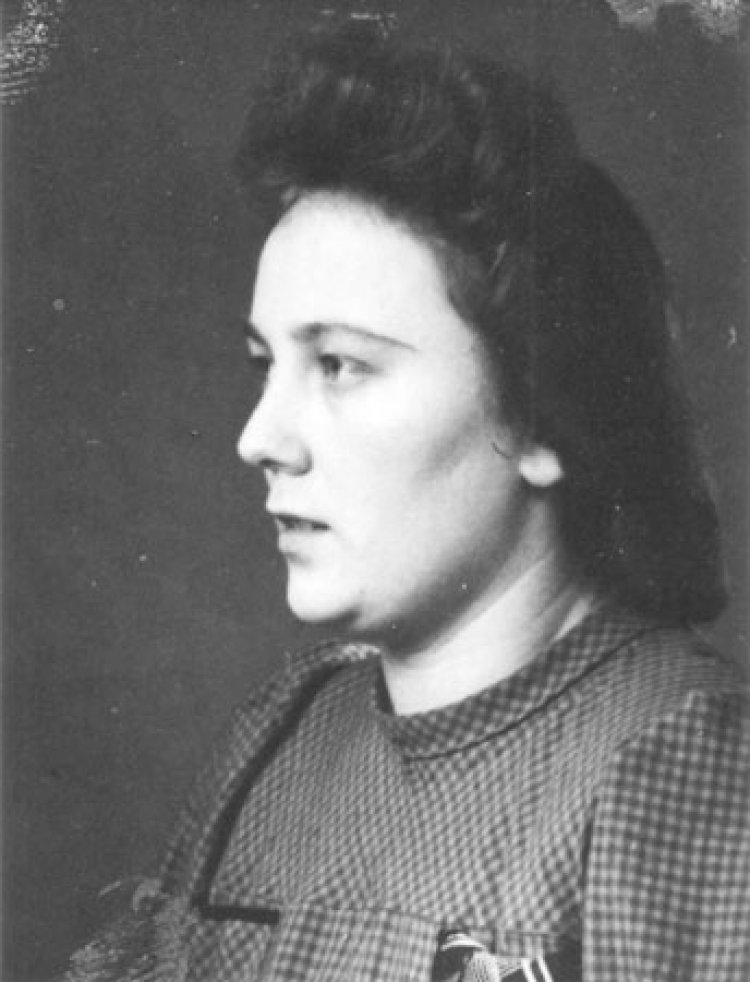
Photographer unknown, Nordhausen, 1942
Bundesarchiv, Berlin
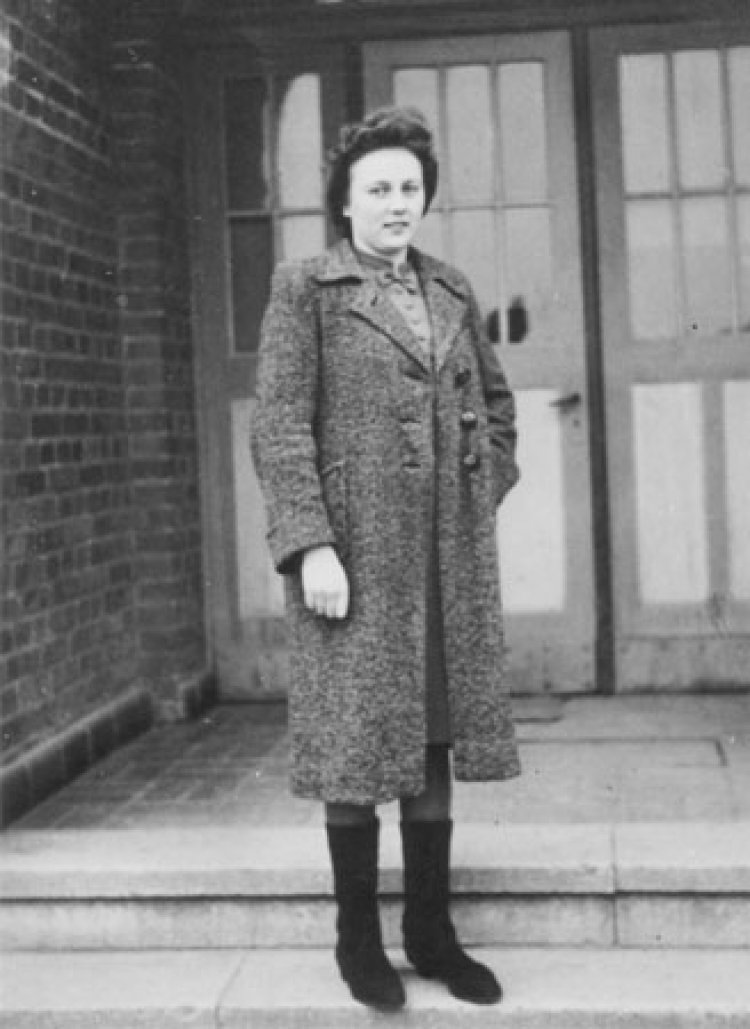
Photographer unknown, Nordhausen, 1942
Bundesarchiv, Berlin
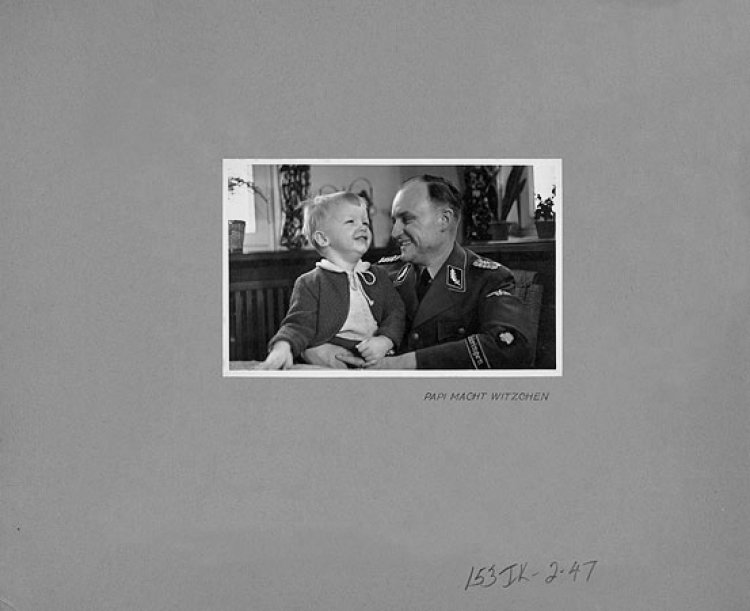
Photographer unknown, 1940
National Archives at College Park, Maryland

Photographer unknown, December 1940
National Archives at College Park, Maryland
Visits to the Buchenwald Concentration Camp
In the autumn of 1941, a photo album was made at the behest of the Buchenwald camp commander Karl Koch to document the progress made on the further construction of the concentration camp established in the summer of 1937. Koch’s aim was to stage himself in this album as a competent “Aufbaukommandant” – that is, commander in charge of camp construction and development. In addition to construction sites in the inmates’ camp, the photos show SS company caserns, Armed SS caserns, various service buildings, et cetera.
The many album pages devoted to the arrival of inmate transports in Buchenwald were intended primarily to document the exemplary order, rigour, and discipline with which Karl Koch oversaw his camp. Examples are the photos in which inmates fall in for roll call after the Kristallnacht pogrom of November 1938.
A large proportion of the photos were taken by the inmate staff of the photo department. Inmates of the camp workshops were responsible for the album’s layout.
After the liberation, the album came into the possession of French investigative bodies and was presented in the Nuremberg Trial as evidence against Fritz Sauckel, the General Plenipotentiary for Labour Deployment. It then entered the archive of the International Court of Justice in The Hague.
A second copy of Karl Koch’s album is in the holdings of the Zekelman Family Holocaust Memorial Center in Farmington Hills, Michigan, USA. Lorenz Schmuhl, the transitional camp commander appointed by the Americans after 11 April 1945, donated it to that organization in the early 1980s.
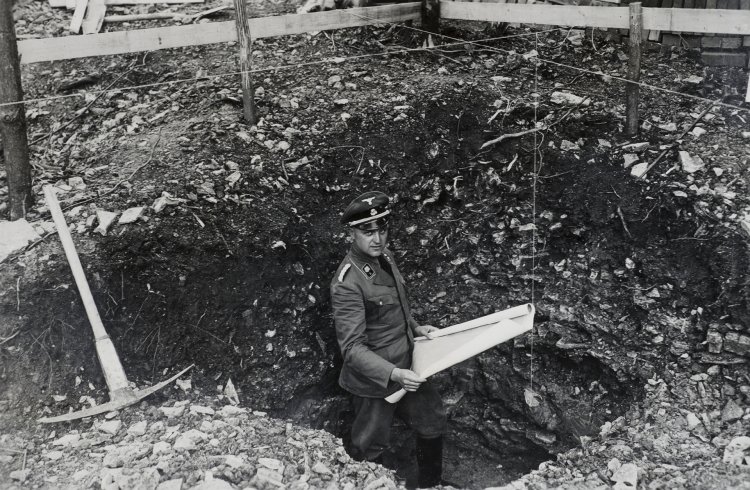
Photographer unknown, summer of 1937
International Court of Justice, The Hague
SS Men among Themselves
Just as the members of the SS were not permitted to talk about their work, they were also prohibited from taking pictures while on duty. The photos they took in their leisure time hardly provide a clue as to the activities that constituted their work. The chief focus of the pictures, rather, is the camaraderie with their fellow SS soldiers.
When the concentration camp was established on Ettersberg Mountain in July 1937, the necessary guard personnel was recruited from the 3rd SS Totenkopf Regiment “Thüringen”. In view of the fact that, in the minds of their leaders, the SS embodied the elite of the new National Socialist state, they had to meet tight, racially defined criteria. The average age of the approximately one thousand SS men in Buchenwald in the early years was distinctly below twenty-one, the legal age of consent. In addition to providing them with basic military knowledge, their training aimed primarily to strengthen the concept of the corps and prepare the trainees for the cold-blooded exercise of power and violence in the treatment of the inmates.
Although the prohibition on taking private pictures within the camp grounds was repeatedly reinforced, a number of photos were taken showing the SS men on duty, primarily during the early years of the camp’s operation. For example, a series of photos belonging to SS-Rottenführer Theodor Hommes – stationed as a guard in Buchenwald in 1938-39 – has come down to us. Hommes took pictures of caserns that were typical of the period in which he served, as well as of the sentry line. He moreover documented SS missions conducted outside the camp, for instance during a visit from Hitler in Weimar or one of numerous manoeuvres. The photos were to serve him as souvenirs of his time at Buchenwald.
It is their originally intended function as private keepsakes that makes these pictures appear so remarkable from the present-day perspective. They show that the SS men wanted to remember their service as a good phase in their lives. Their duties in the concentration camp did nothing to stop them from presenting an impression of carefree conviviality.
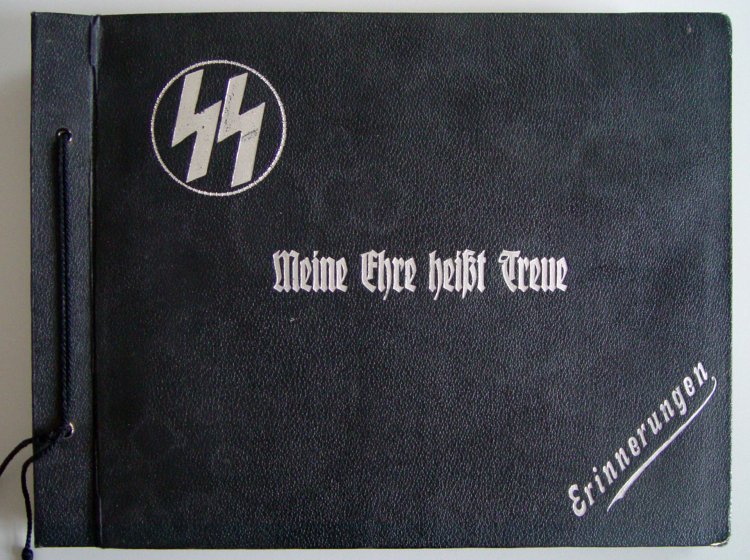
Karl Hänsel, SS Unterscharführer
Archive of the Flossenbürg Concentration Camp Memorial
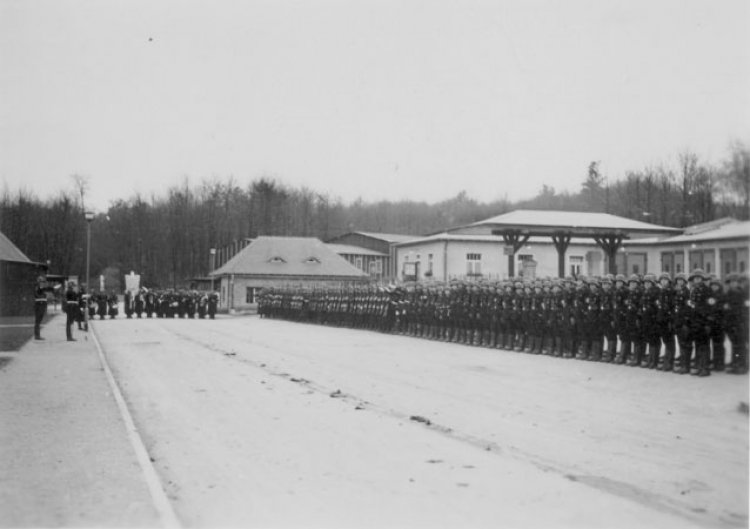
Theodor Hommes, SS Rottenführer, 1938/39
Bundesarchiv – Militärarchiv, Freiburg
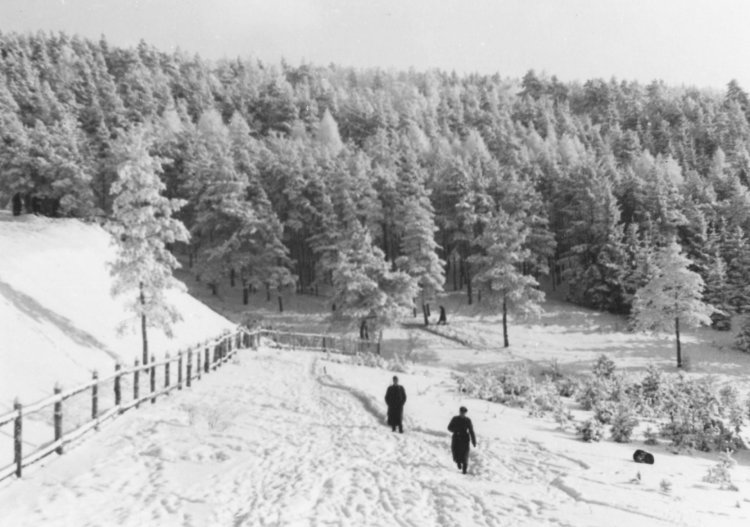
Theodor Hommes, SS Rottenführer, 1938/39
Bundesarchiv – Militärarchiv, Freiburg
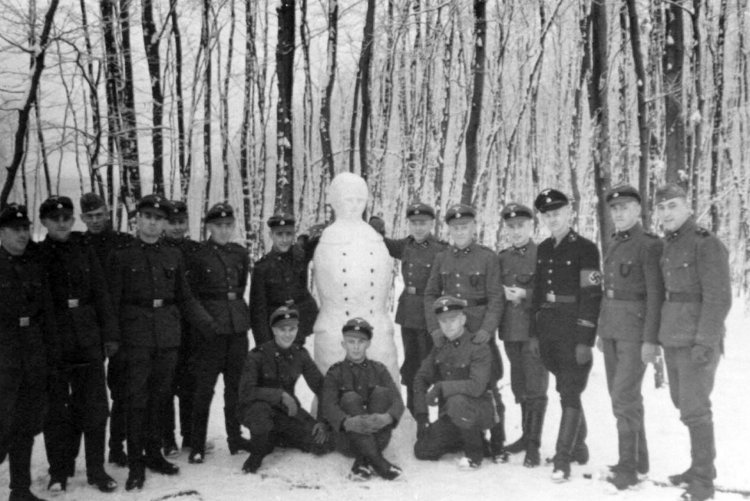
Karl Hänsel, SS Unterscharführer, winter of 1937/38
Archive of the Flossenbürg Concentration Camp Memorial
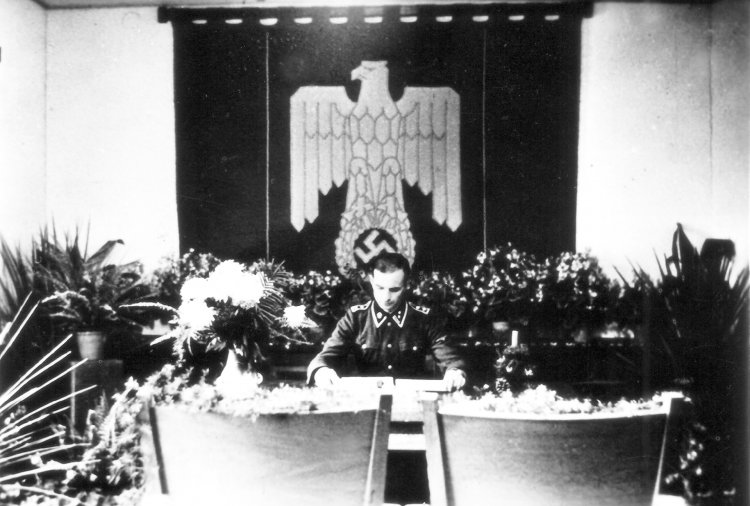
Buchenwald concentration camp records office, ca. 1940
Buchenwald Memorial Collection
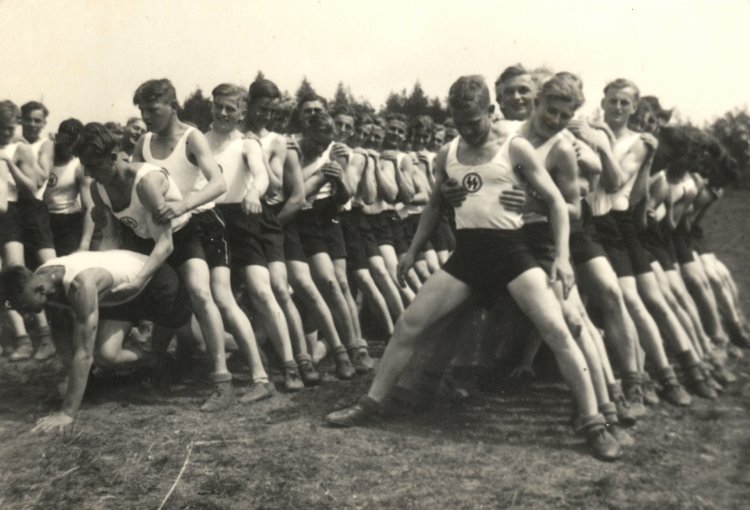
Georg Brendle, SS man, May 1940
Private collection
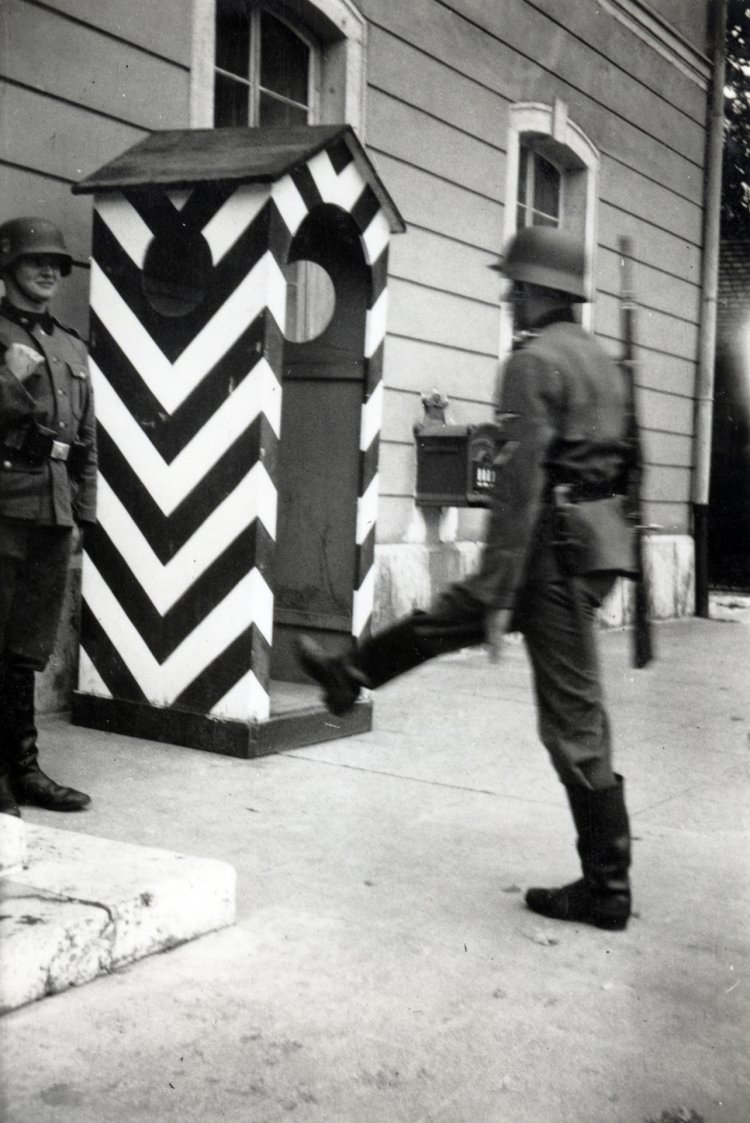
Georg Brendle, SS man, summer of 1940
Private collection
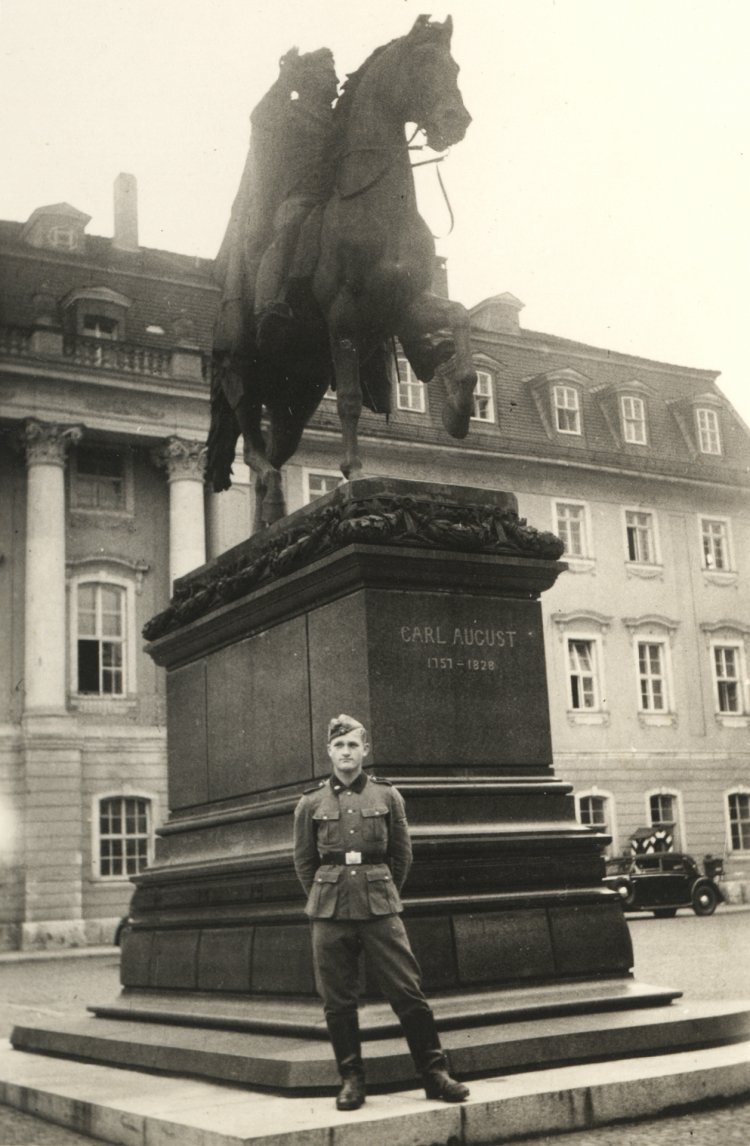
Photographer unknown, summer of 1940
Private collection
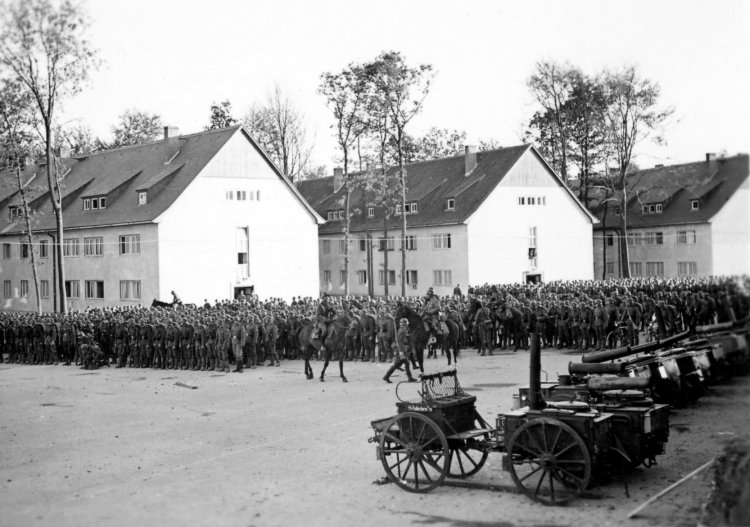
Theodor Hommes, SS Rottenführer, March 1939
Bundesarchiv – Militärarchiv, Freiburg
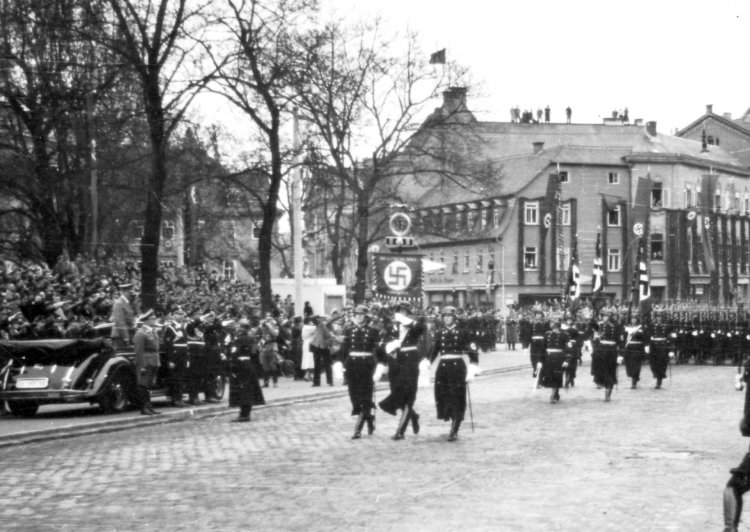
Theodor Hommes, SS Rottenführer, 6 November 1938
Bundesarchiv – Militärarchiv, Freiburg
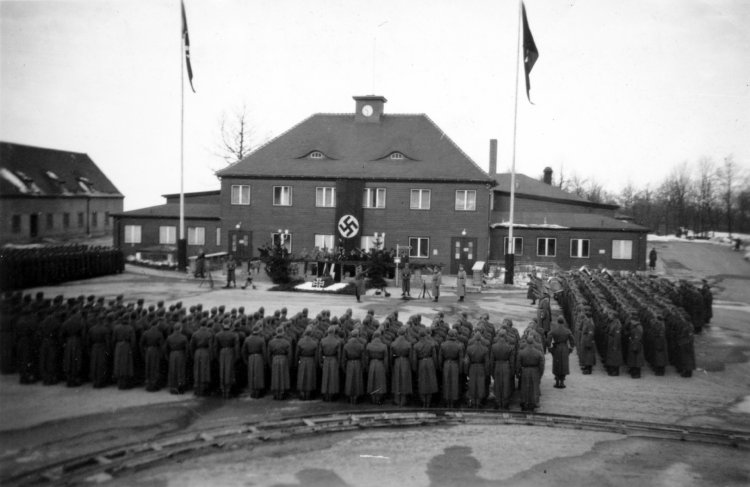
Photographer unknown, 9 November 1942
Buchenwald Memorial Collection
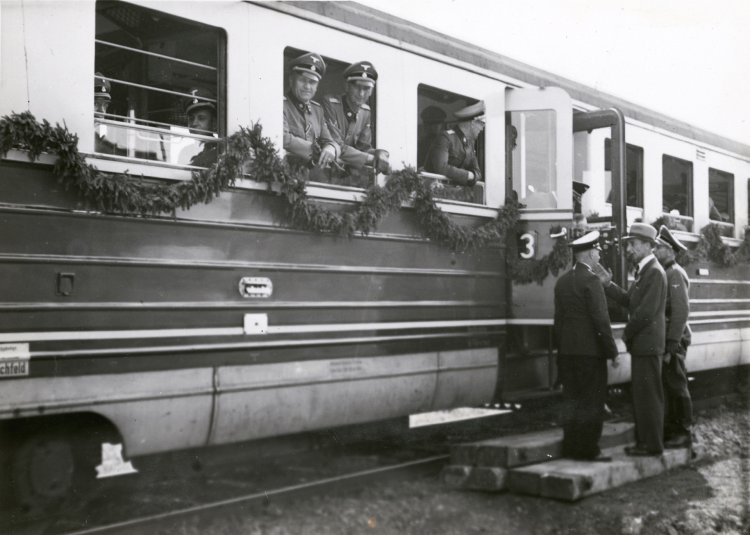
Eberhard Leitner, Buchenwald concentration camp records office, 21 June 1943
Musée de la Résistance et de la Déportation, Besançon
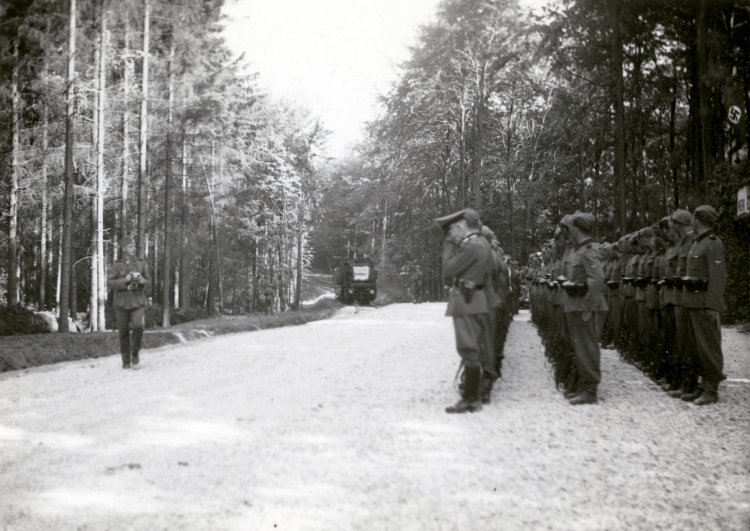
Eberhard Leitner, Buchenwald concentration camp records office, 21 June 1943
Musée de la Résistance et de la Déportation, Besançon

Eberhard Leitner, Buchenwald concentration camp records office, 21 June 1943
Musée de la Résistance et de la Déportation, Besançon
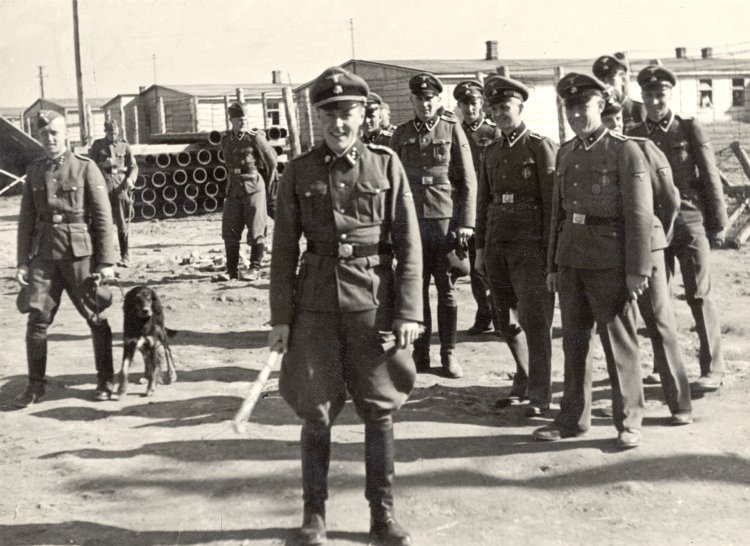
Photographer unknown, May 1942
Landesarchiv Thüringen – Hauptstaatsarchiv Weimar
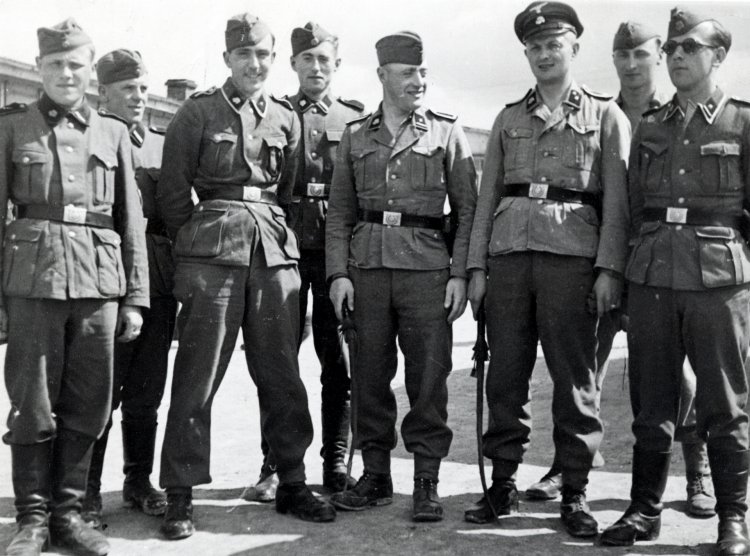
Photographer unknown, May 1942
Landesarchiv Thüringen – Hauptstaatsarchiv Weimar
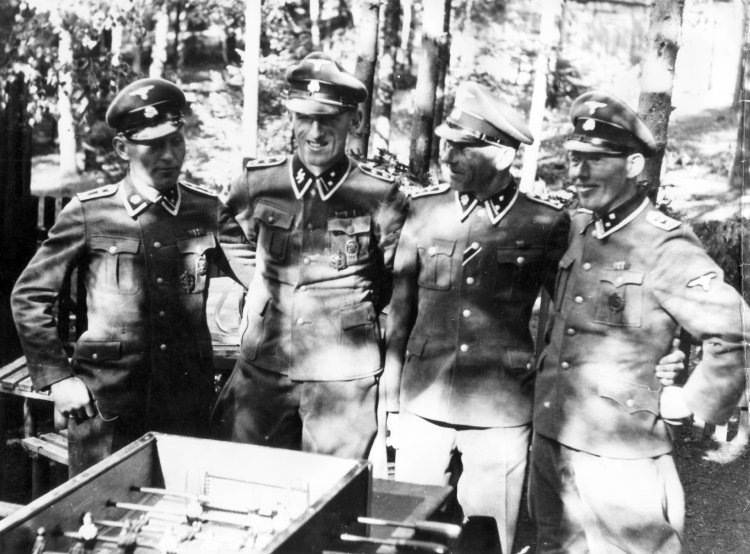
Photographer unknown, ca. 1940
Buchenwald Memorial Collection
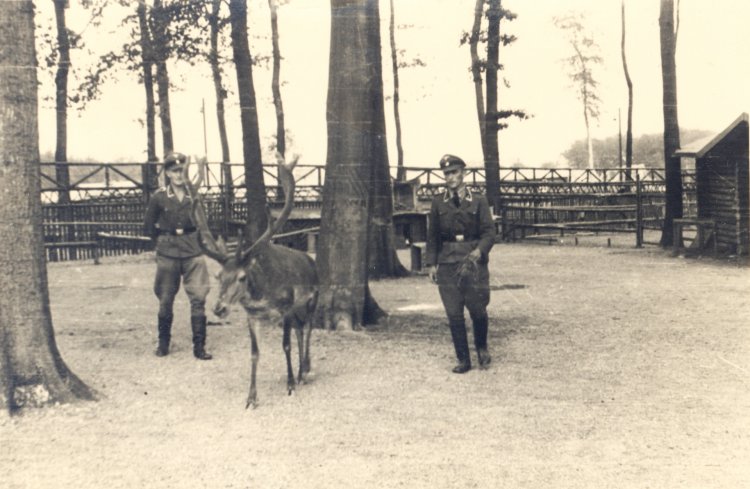
Photographer unknown, ca. 1940
Private collection
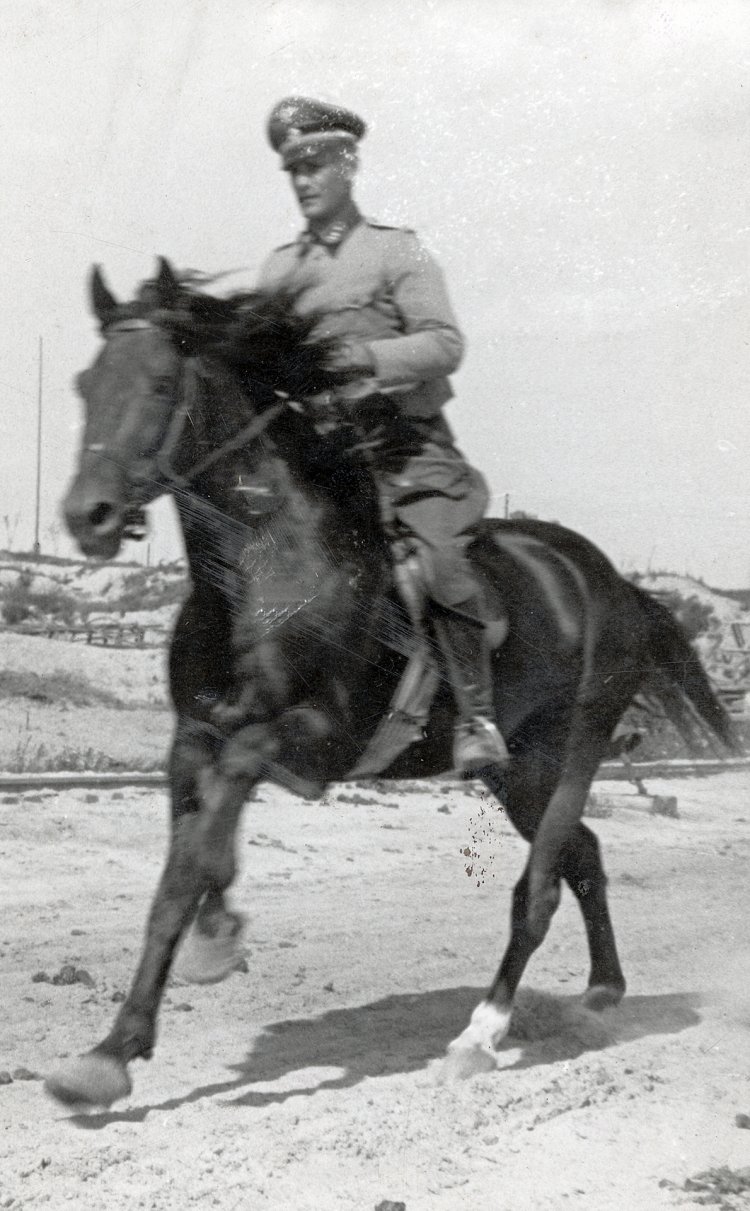
Photographer unknown, 1939
Landesarchiv Thüringen – Hauptstaatsarchiv Weimar
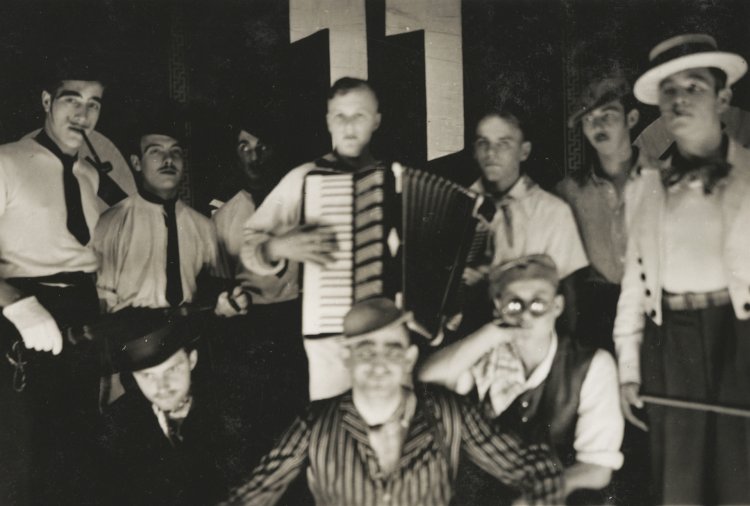
Georg Brendle, SS man, summer of 1940
Private collection
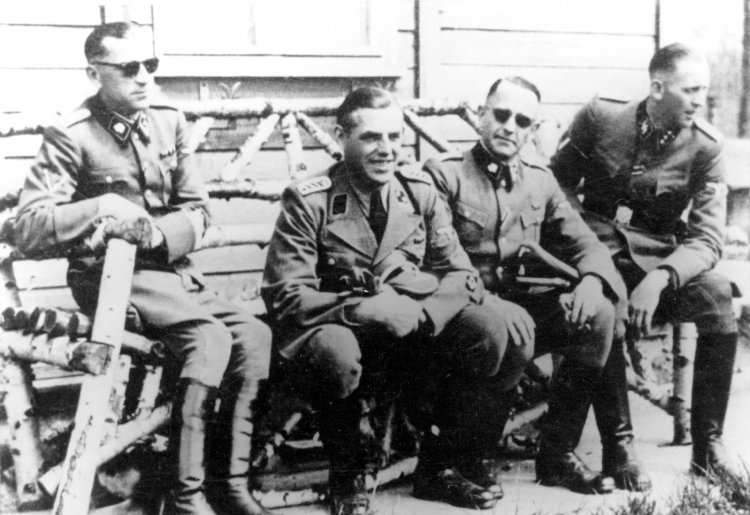
Photographer unknown, ca. 1943
Service Historique de la Défense, Vincennes
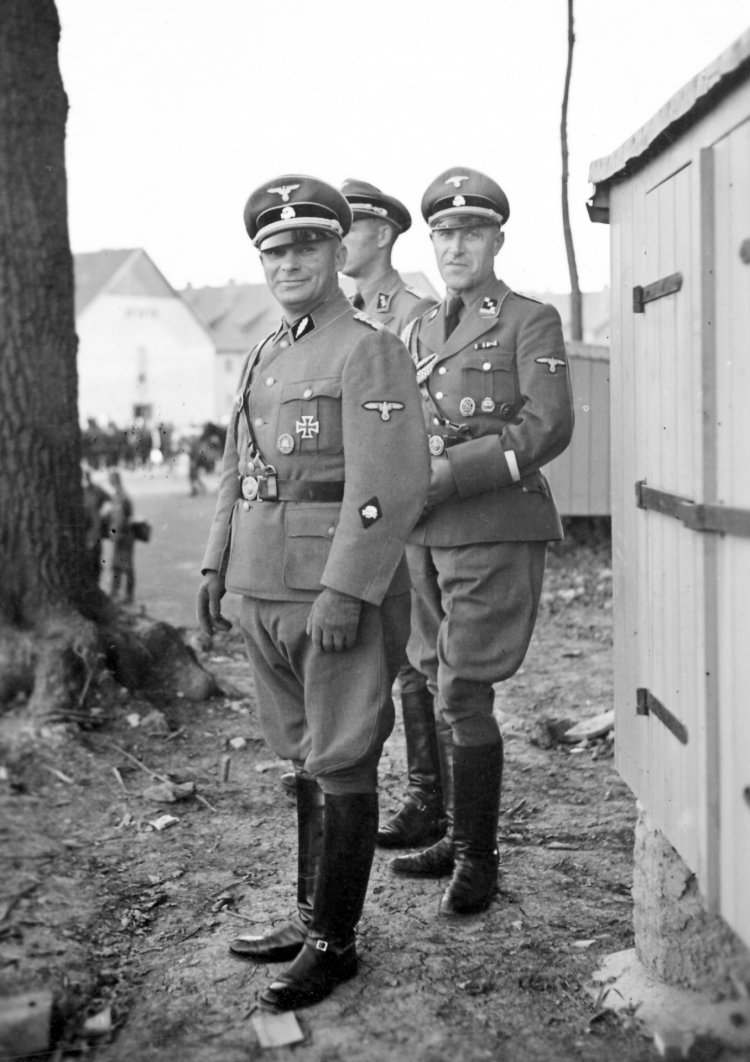
Theodor Hommes, SS Rottenführer, summer of 1939
Bundesarchiv – Militärarchiv, Freiburg


